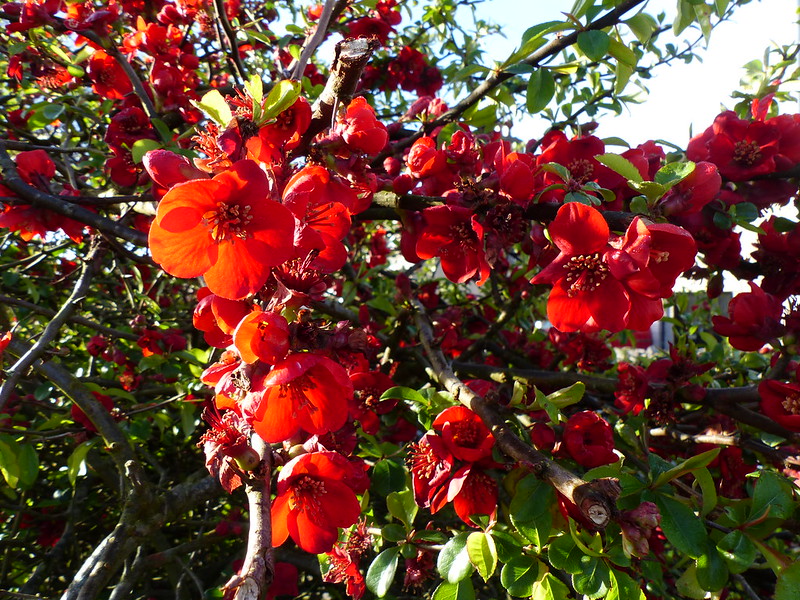
Cove Road Quince flowers.
So, I had a little op, part of my ongoing review of local surgery facilities. I had the same op 24 years ago. On that occasion, I spent a few days in hospital afterwards, and although the aftermath was a good deal better than the few days prior to the procedure, suffice to say that it wasn’t entirely comfortable. This time then, I knew what to expect. What’s more the surgeon had warned me that I would need at least a week off work to recuperate (and then scotched that silver-lining by sending me a date at the beginning of a two week holiday period) and I had been sent home with a handy collection of pain-killers to help me get by.
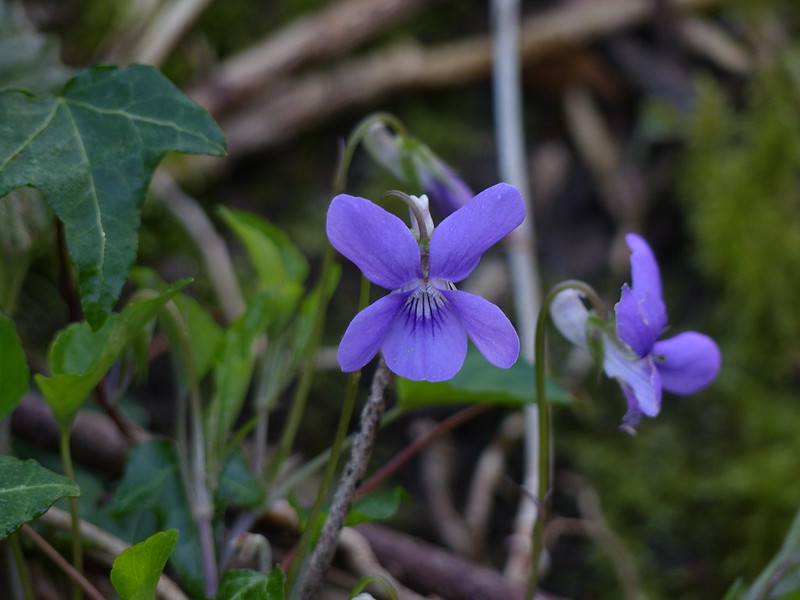
Violets.
I went under the knife on the day before my birthday, so not much chance then of my usual walk on my birthday, and certainly no hill-climbing, at least that’s what I thought, which was why I was so keen to drag the kids up Pen-y-ghent and Helvellyn in the days beforehand.
But this time, the op had been performed as a day case, so at least I was sent home. And it had gone much better than expected and I wasn’t really experiencing much pain. A little discomfort would be nearer the mark.
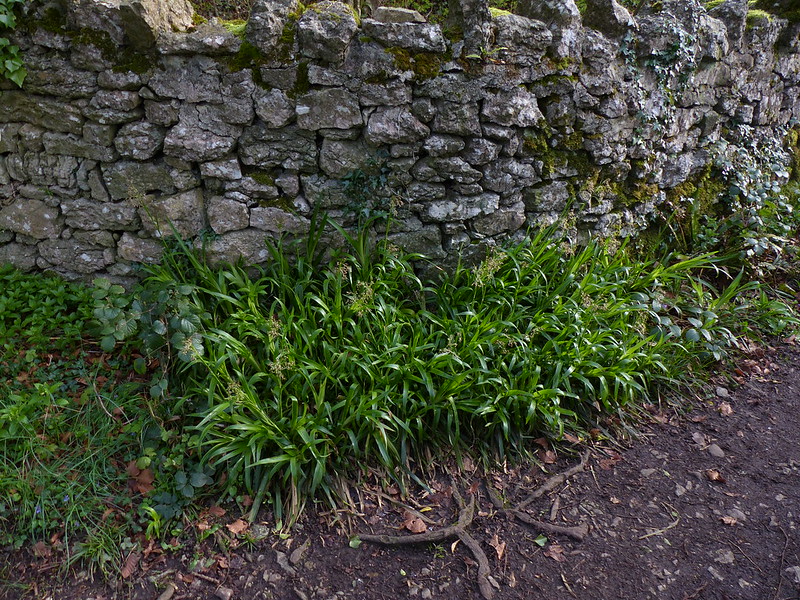
This clump of sedge is close to the Elmslack entrance to Eaves Wood. I’ve walked past them countless times before, but never noticed them flowering, or are they fruiting? To the left of the rush the shorter, fine ‘grass’ is actually some kind of garlic or chive – it has a strong garlic flavour and smell.
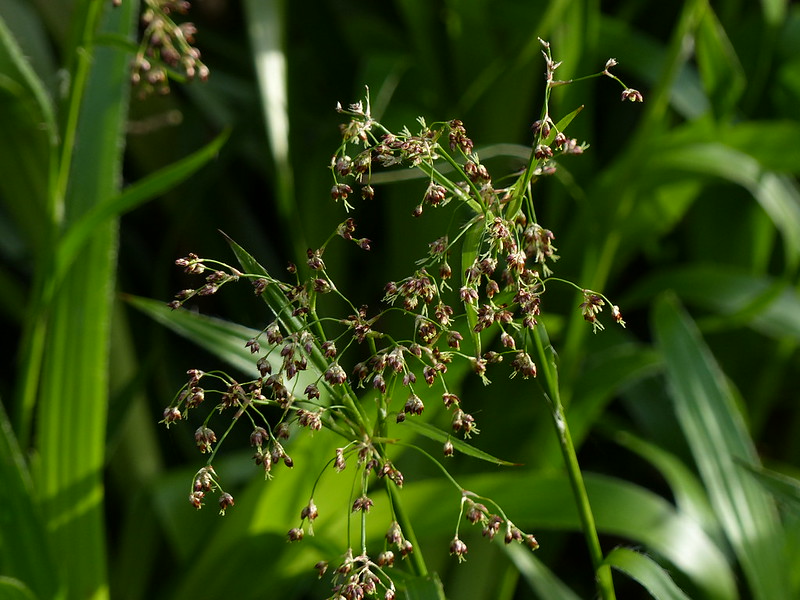
A consultation of ‘Roger Phillips Grasses, Ferns, Mosses & Lichens of Great Britain and Ireland’ has led me to the conviction that this is Hairy Woodrush.
In fact, I felt pretty good. I’d been told I couldn’t drive for 24 hours. And that I couldn’t be left alone during the same period. But nobody had categorically told me that I couldn’t go for a birthday walk. And the sun was shining. Or at least, it was when I set off, although a wave of cloud was rushing in from the west, presumably carried in on a front of some kind.
I did go out on my own, which probably contravened the terms of my release, but I took my mobile so that I cold phone for help, if I fell unconscious or somesuch….
I planned to head up to Castlebarrow, giving me a hill, however small, as is my custom on my birthday and a vantage point to watch the weather change, but I was distracted by the area of fallen trees just off the path, which the children used to enjoy visiting in order to build a den between the roots of two large trunks.
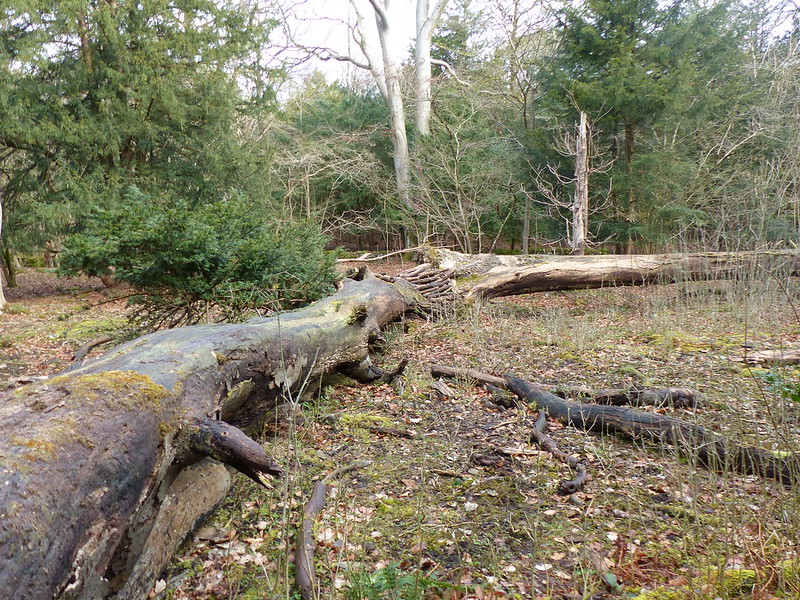
There are several large fallen trees in the one small area…
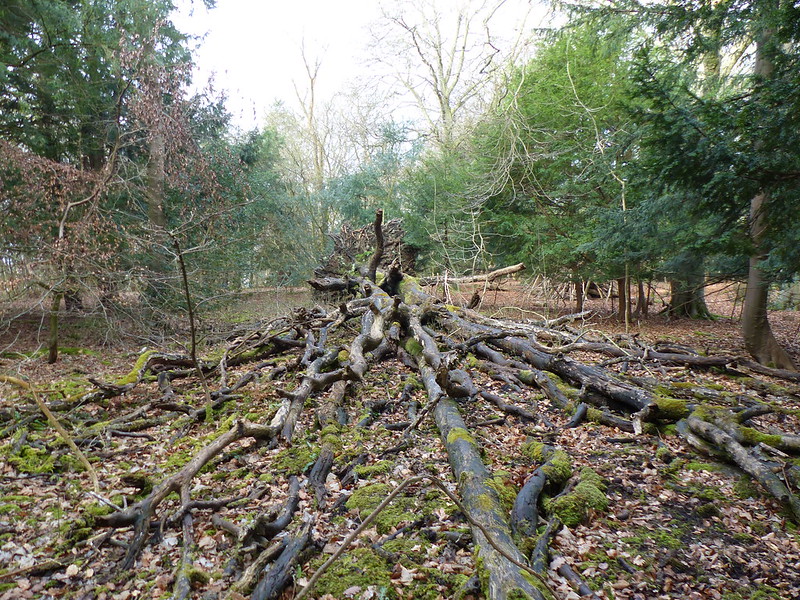
The area around the trees is now filling up with a thicket of saplings…

…in contrast with other nearby areas where the mature trees still stand and the woodland floor is only covered with old leaves and the odd patch of Cuckoo Pint.
I expected to find fungi growing on the dead wood…
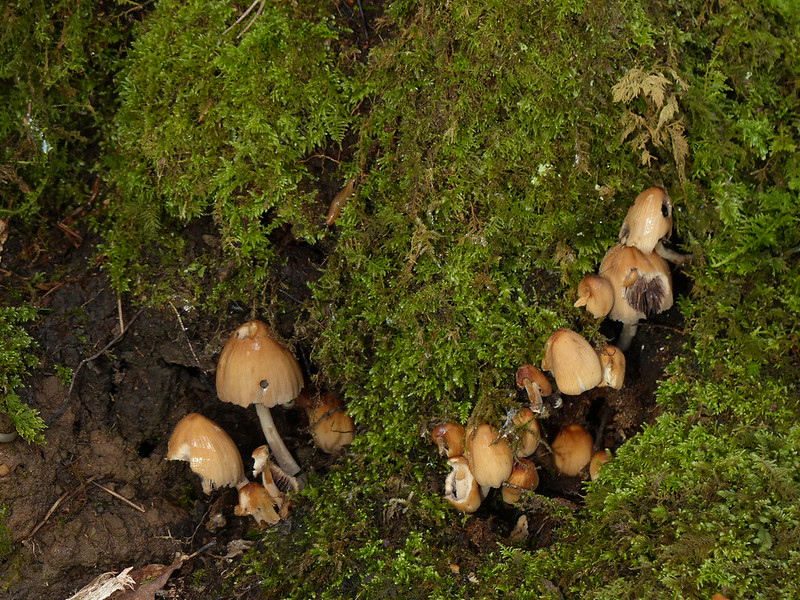
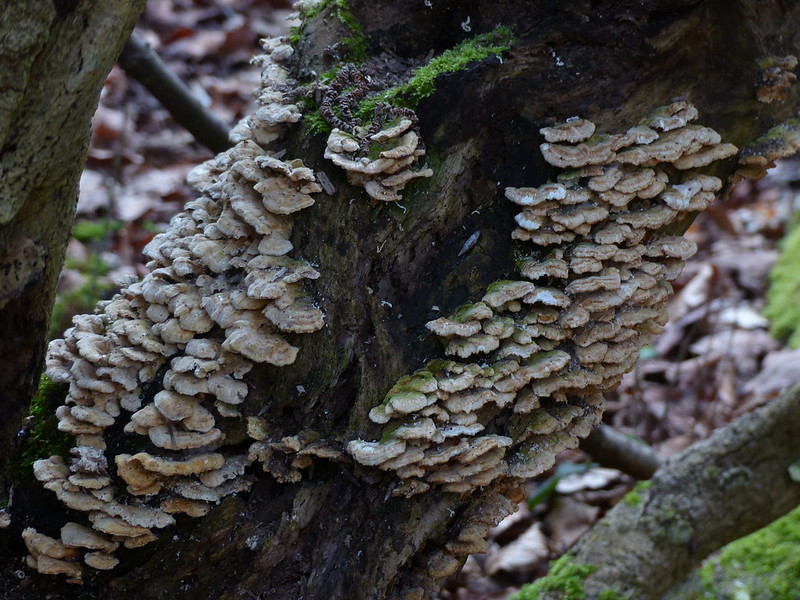
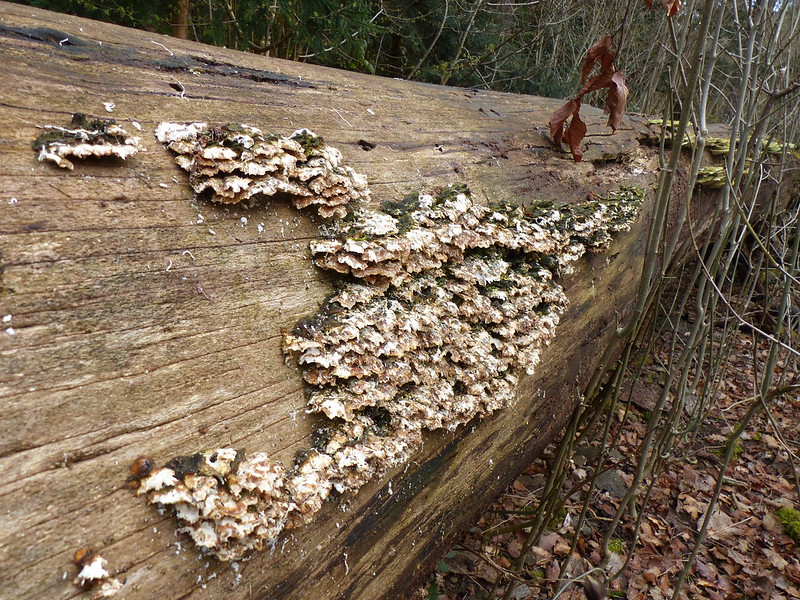
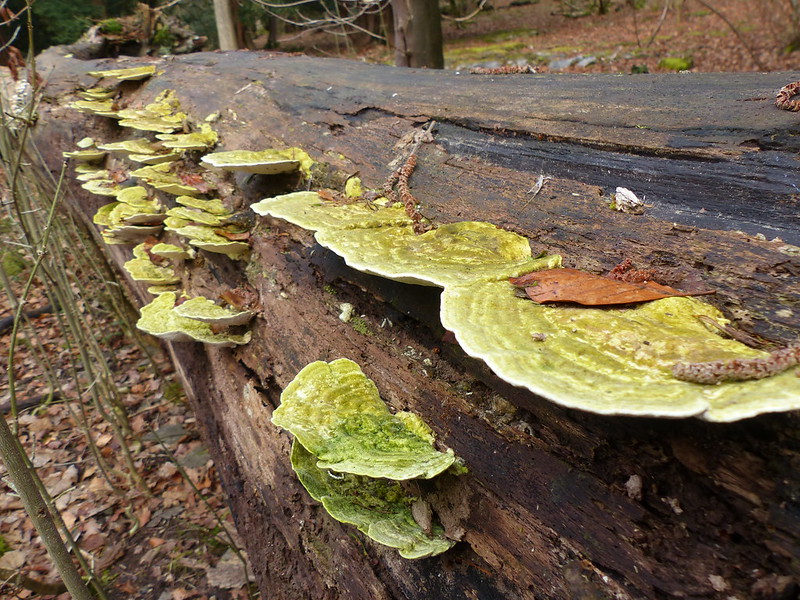
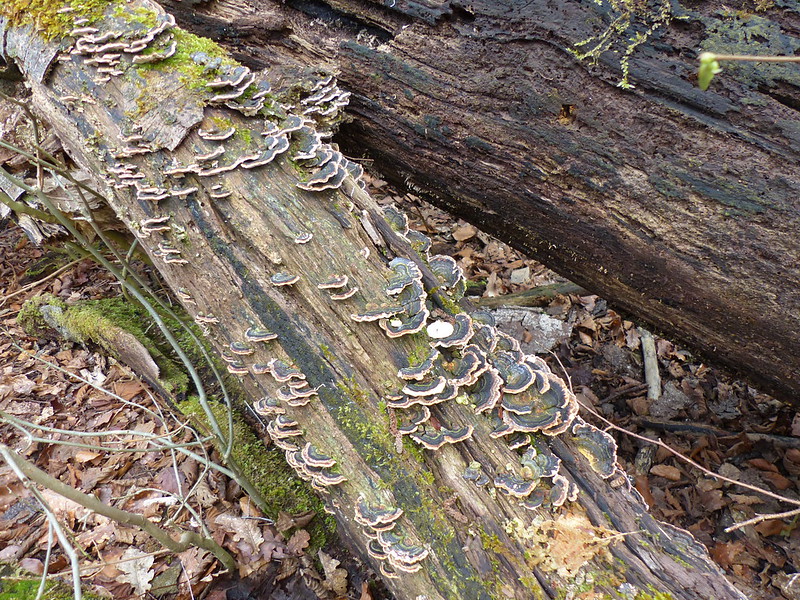
And I did!
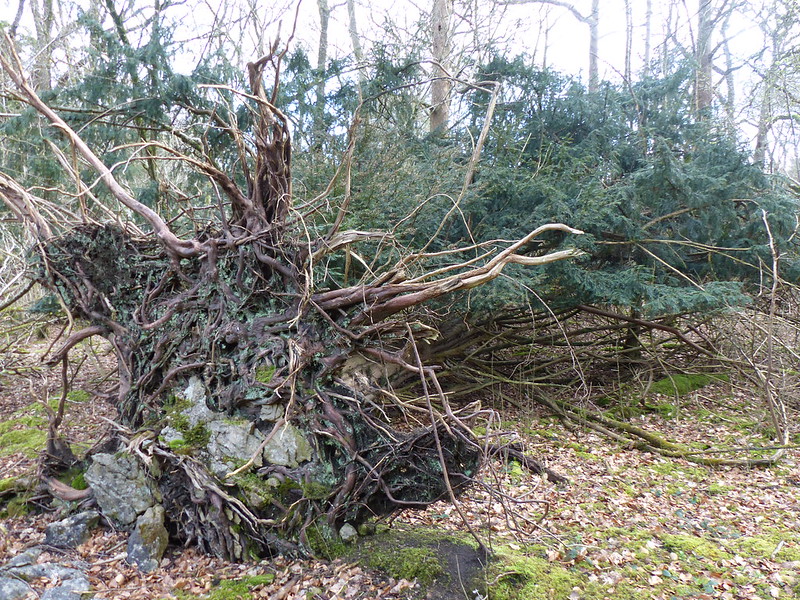
But also, on an old Yew, a new Yew…

And…
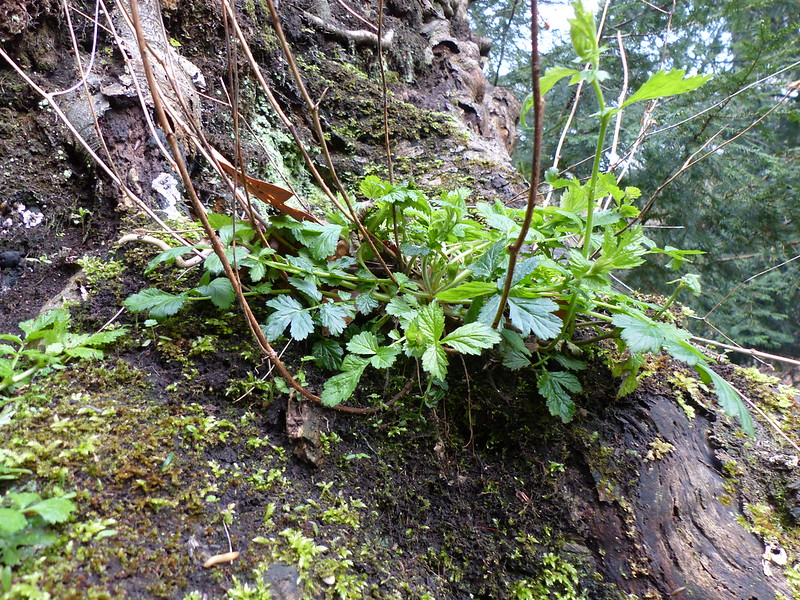
….something else, I’m not sure what.
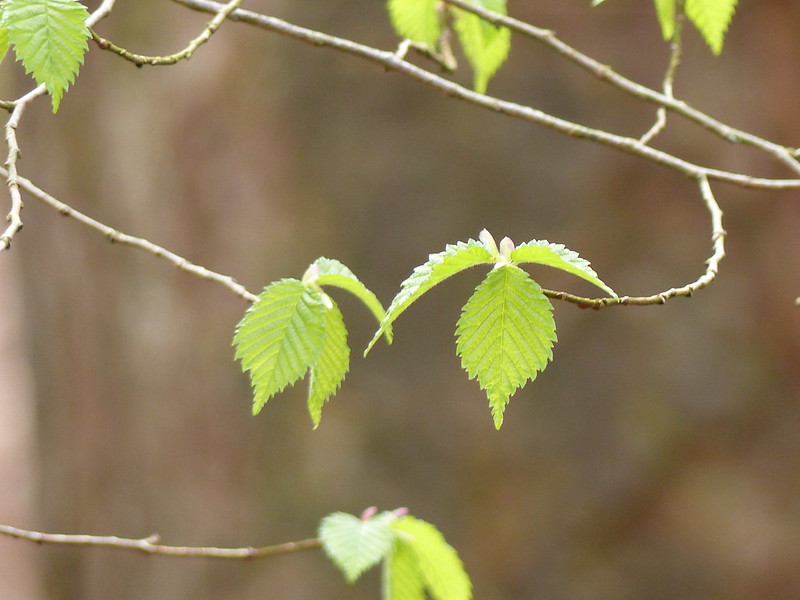
New leaves…Hazel?
Because of all of my faffing about admiring dead trees and fungi, by the time I reached Castlebarrow, the blue sky had virtually all been enveloped by the cloud.
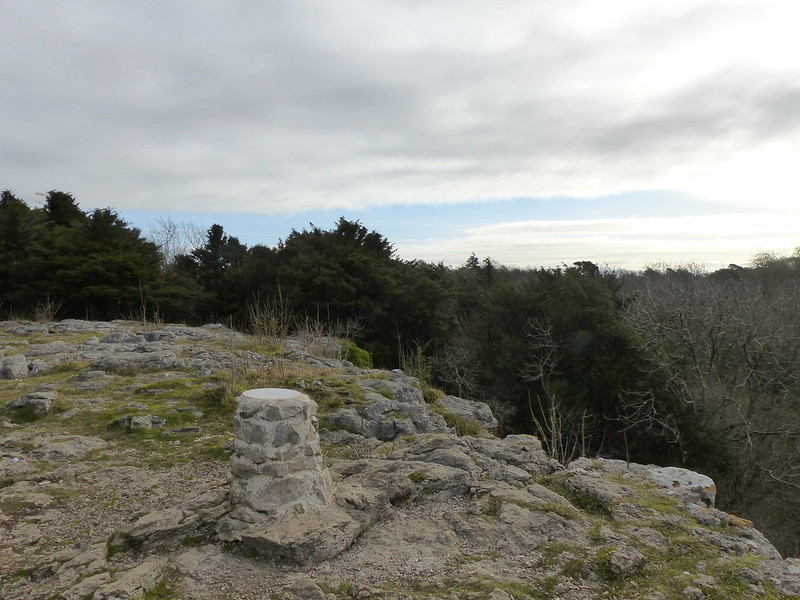
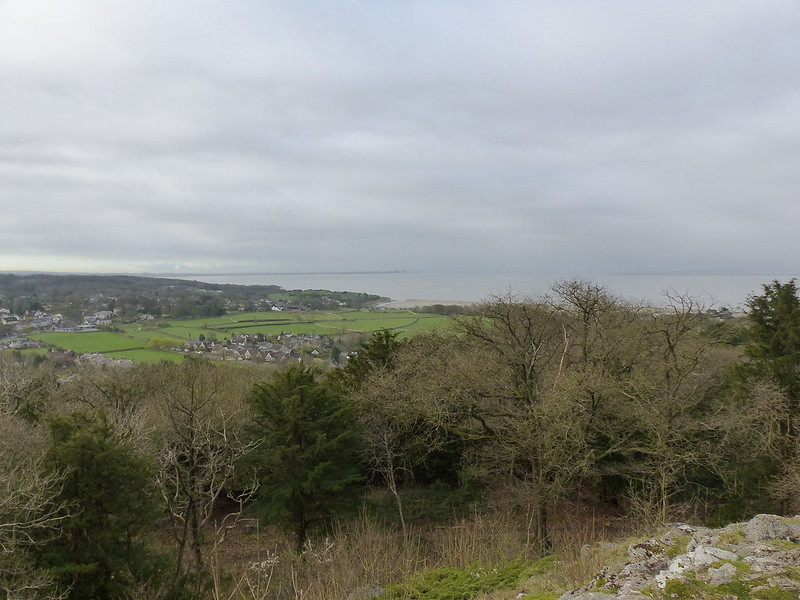
It was really too gloomy for taking bird photos, but there were a number of duelling Robins on adjacent small trees…
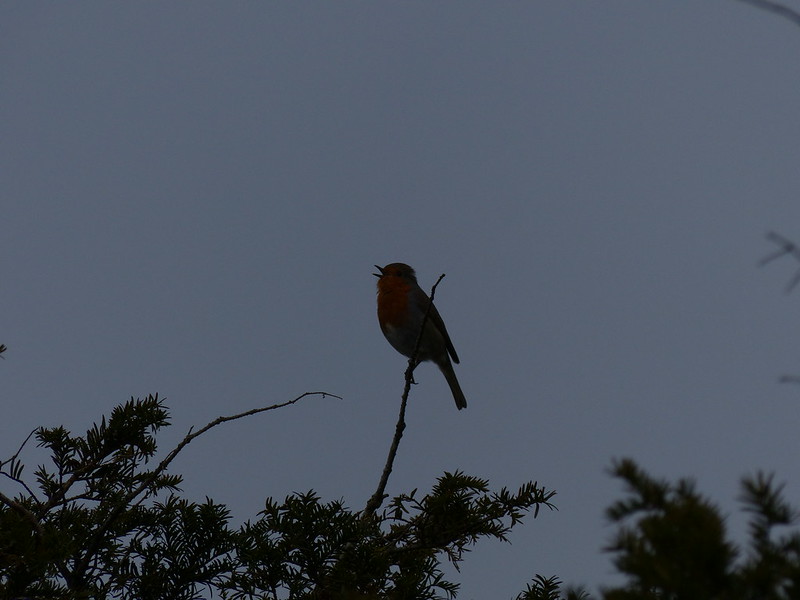
…and I couldn’t resist them!
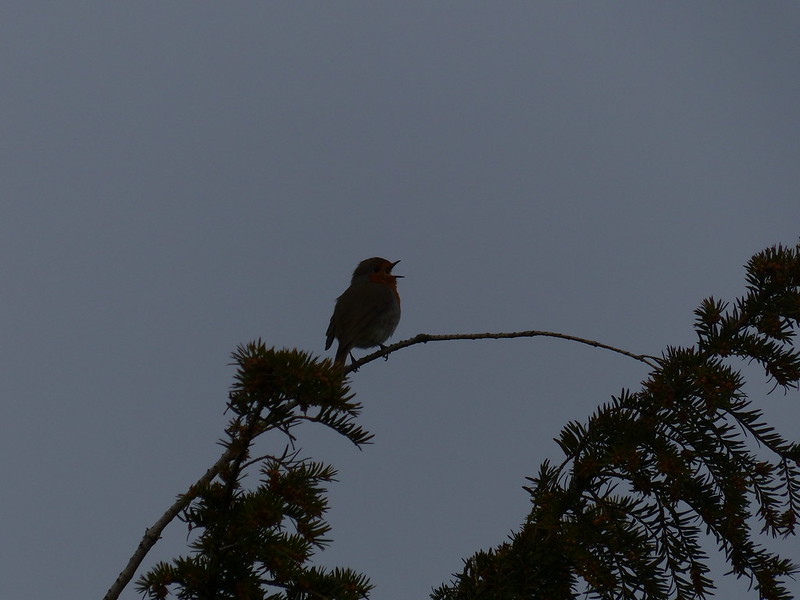
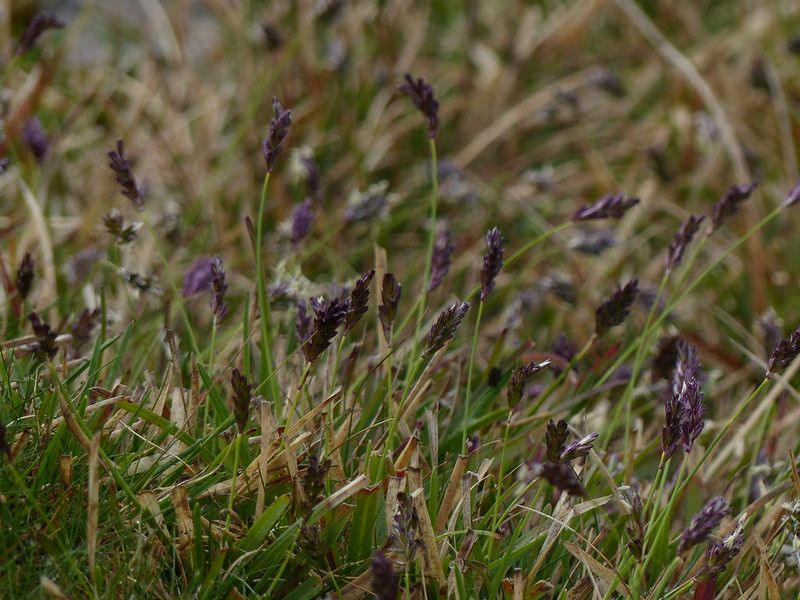
Blue Moor Grass
From Castlebarrow I dropped down on to the northern side and took a dog walkers path into Middlebarrow which I may have followed before, but which I don’t know well. I heard a Green Woodpecker yaffle very close at hand. Scanning the nearby trees I was rewarded with a flash of exotic green and red as the woodpecker flew away. I frequently hear Green Woodpeckers but very rarely see them, so this was a special moment.
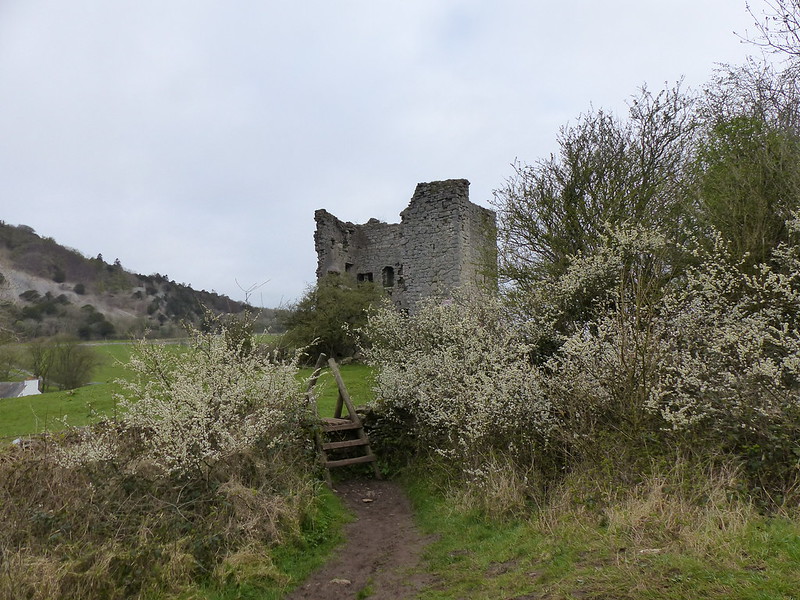
Arnside Tower and Blackthorn blossom.
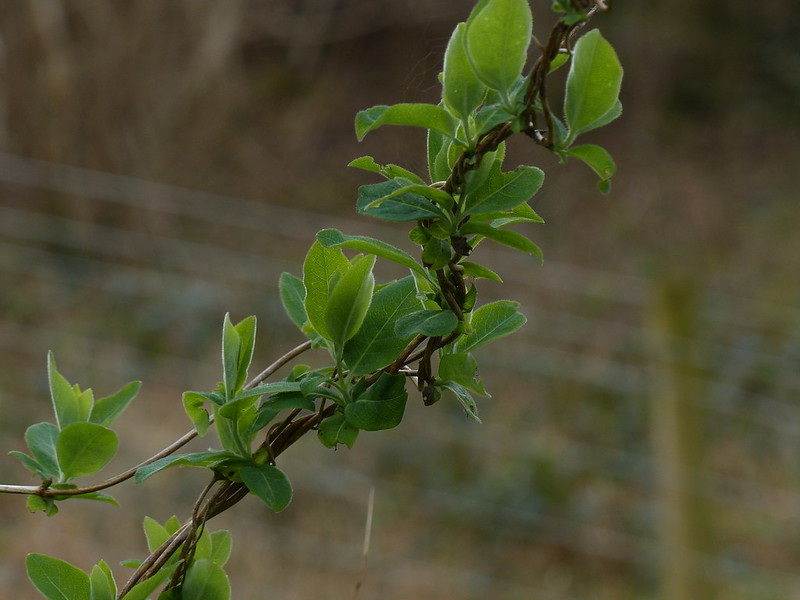
Honeysuckle.
Following the path which traces the northern edge of the Caravan Park I expected to see Green Hellebore…
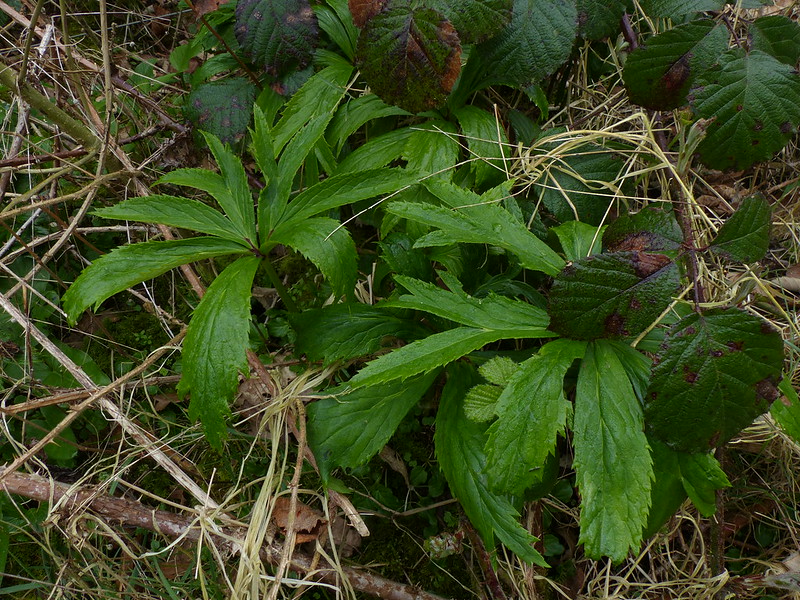
Green Hellebore. No flowers in evidence. Too late or too early – I suspect the latter.
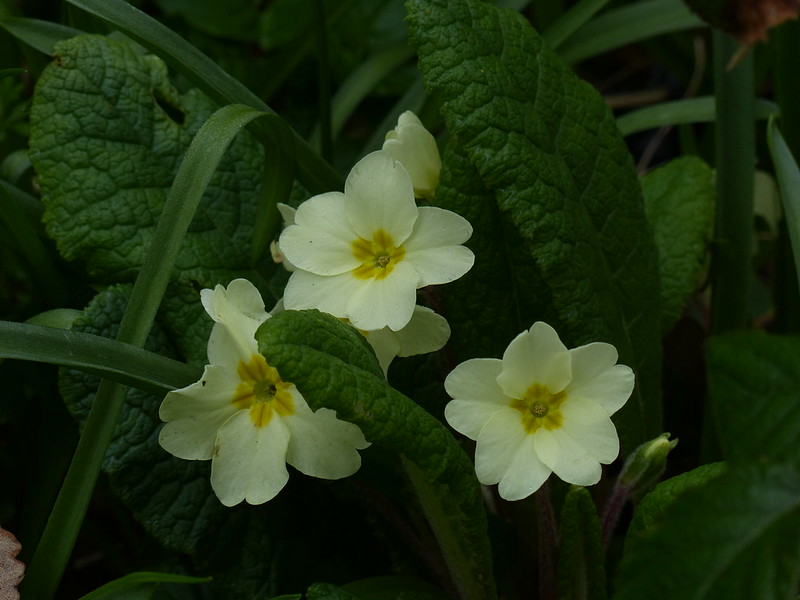
Primroses.
But certainly didn’t expect to see another Green Woodpecker. I heard it first, then tracked down its position due to the sound of it knocking persistently on the trunk of a tree. I could just make out it’s head…
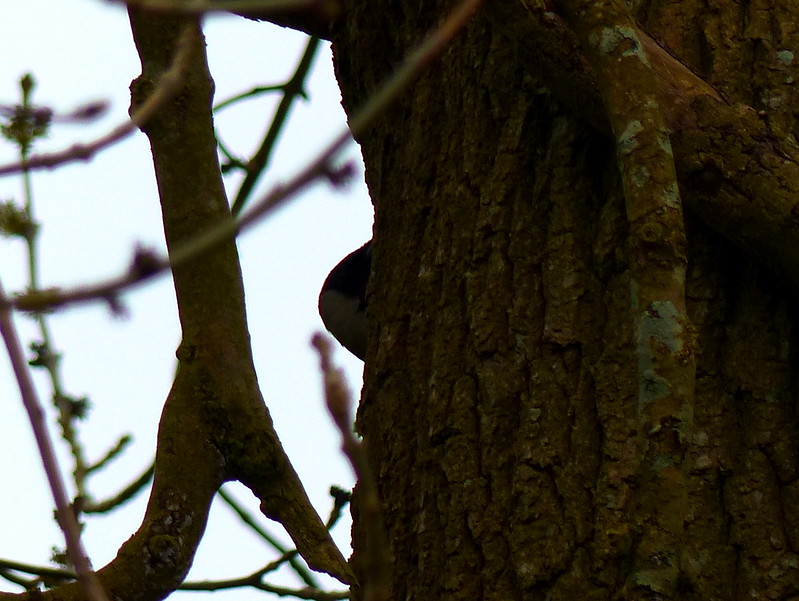
And managed a frustratingly useless first-ever photograph of a Green Woodpecker. It soon flew off, and whilst I waited to see if it would return, and watched the antics of a dog which had skipped over the wall from the path and was gleefully evading its owners, I wondered about the ownership of a largish hole in the ground I could see just beyond the wall. I didn’t wonder for long…
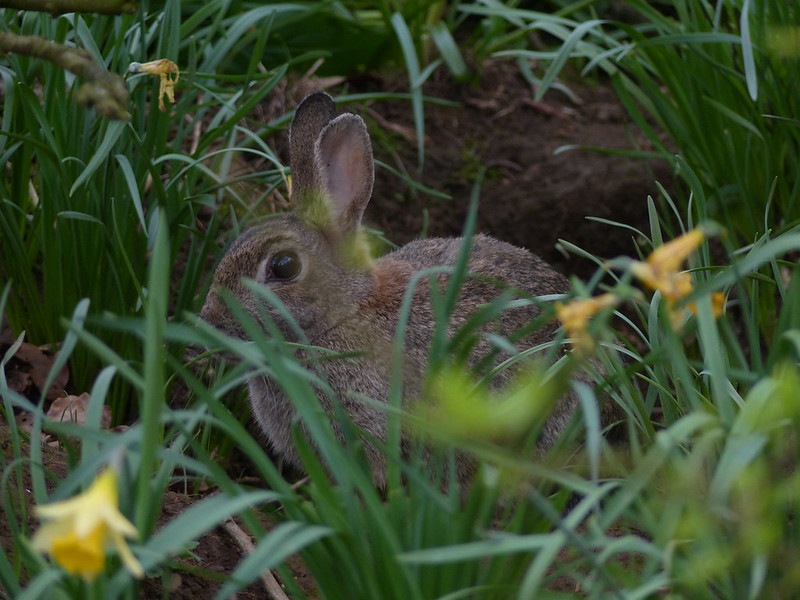
This…
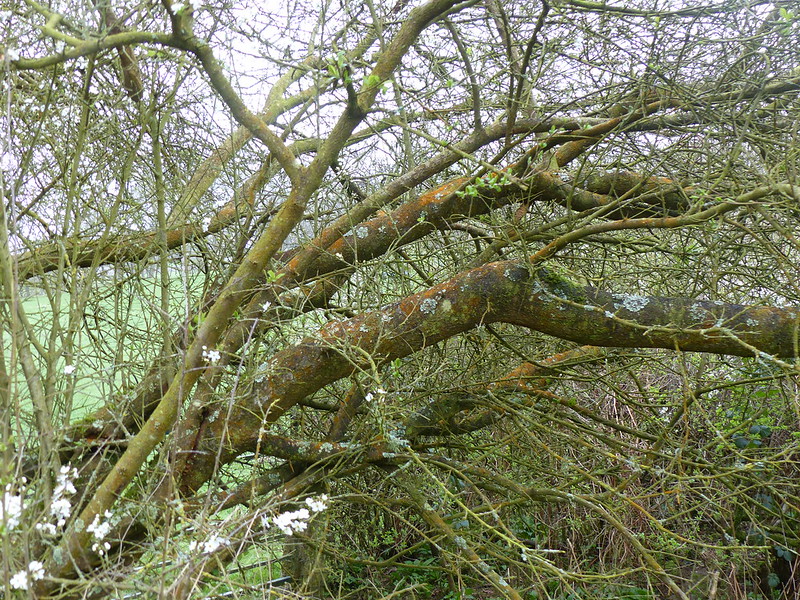
…is the large Blackthorn where last year I watched for a while entranced by the huge and varied population of bees frequenting its flowers. It wasn’t fully in blossom this year and I was struck by its lichen bedecked branches.
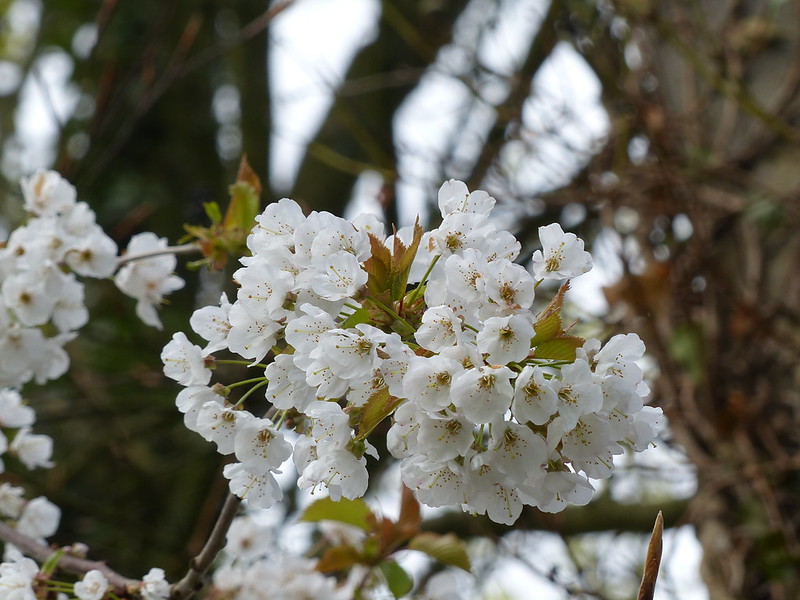
Cherry Blossom on the cricket club grounds.
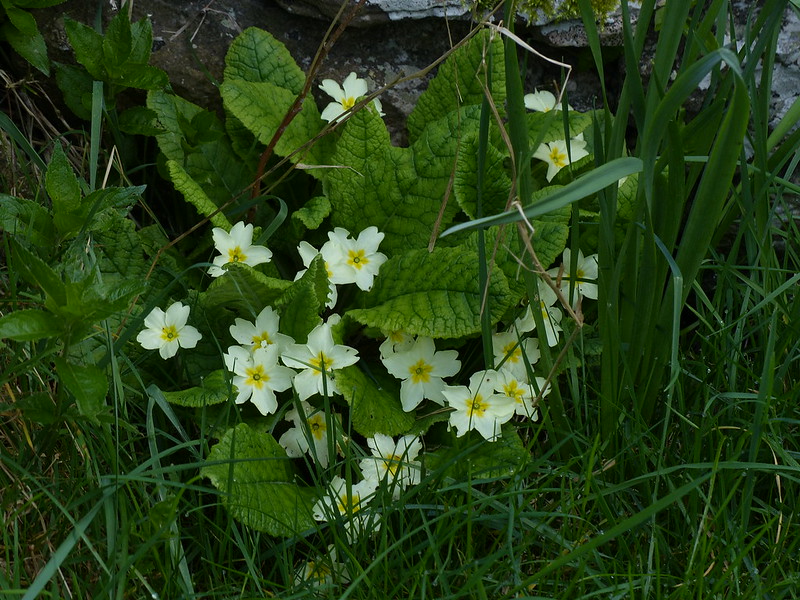
Primroses on a Cove Road verge.

Barren Strawberry on a Cove Road wall.
Briefly, as I neared home, the blue sky returned, but this was a very fleeting improvement in the weather – patches of blue appeared and then, in a matter of moments, virtually the whole sky was blue again, but only moments later it had all disappeared again.
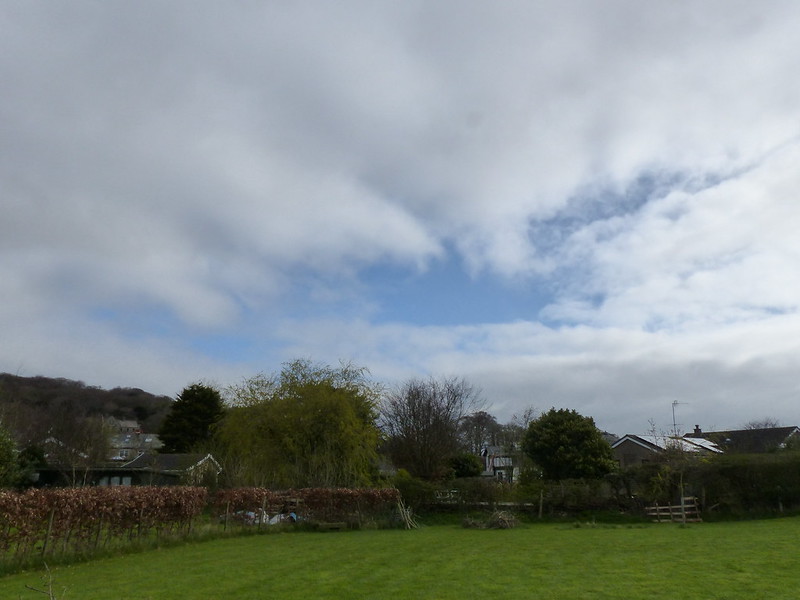
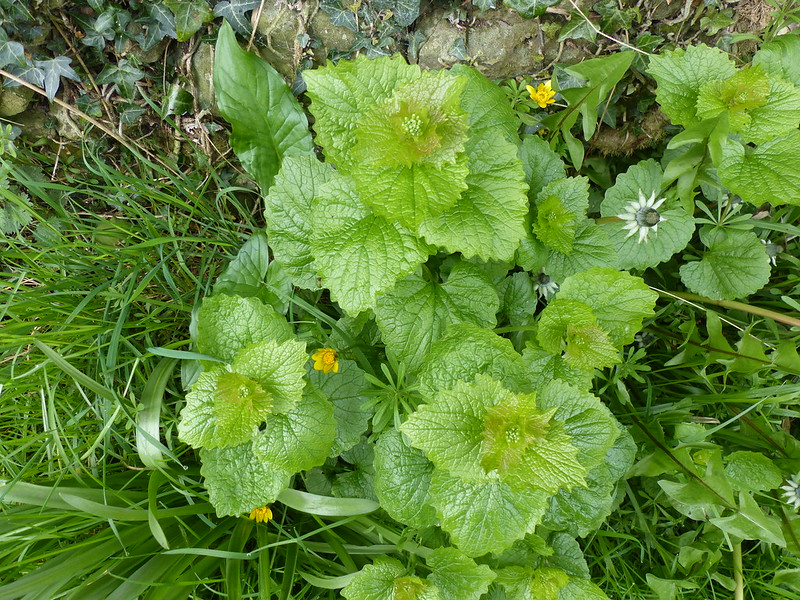
Jack-by-the-Hedge, or Hedge Garlic, or Garlic Mustard. Supposed to be good to eat, but much too bitter for me.
There’d been a dispute, apparently, about who was going to cook me a birthday breakfast, but this was a bit of a pointless argument, since I don’t eat breakfast these days. However, A deferred her menu choice and served up a very creditable Spanish omelette for lunch. We now just need to work on the other 364 days of the year.
When I’d bought the boys new boots the day before, S fixed the shop assistant with a glare and asked, “But are they waterproof?”
To which he responded; “Well, you’ll have to wax them.”
I’m glad that they got this from someone else, because I doubt they would have taken it half so seriously if I had told them. Anyway, B, particularly, was very vexed that he had scuffed his boots on Helvellyn so I decided to take advantage of their enthusiasm for their new boots and they washed them, and then applied two coats, one of a leather treatment and softer, and one of wax.
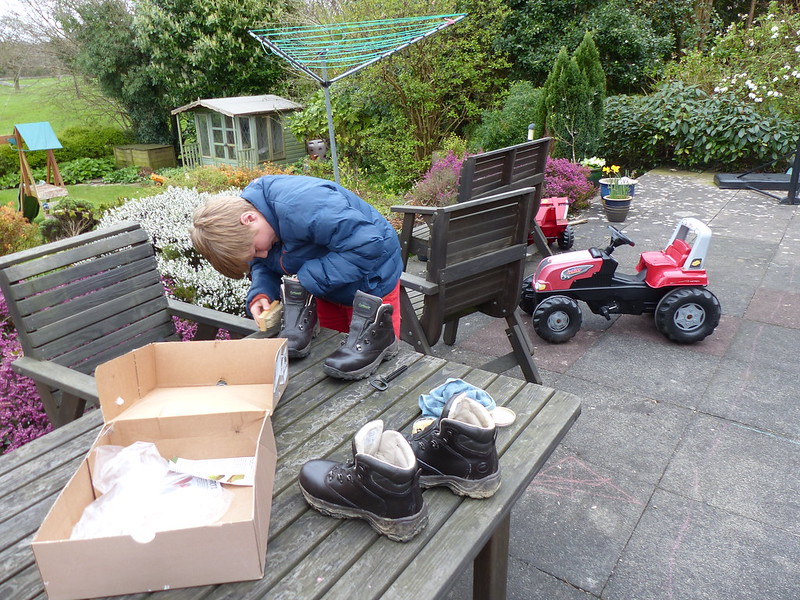
Which, in turn, encouraged me to do the same to mine!
I’ve kept my ‘cleaning kit’ – wax, rags and brush – in the box my own relatively new boots came in, in the summer house and said box had two sizeable residents spiders…
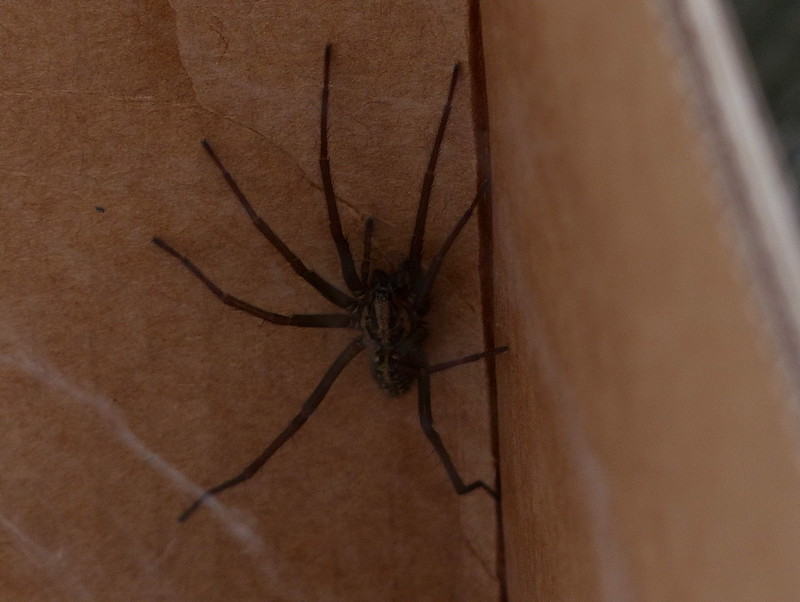
I think they have been living in here a while because the box also contained a couple of shed exoskeletons. I suspect that these are some kind of wolf spider, but I don’t have even a remotely comprehensive guide to British spiders, so really, I’m just guessing.
Later, A had a dance lesson in Milnthorpe. Whilst she was there, the boys and I had a simple straight up and down walk up Haverbrack…
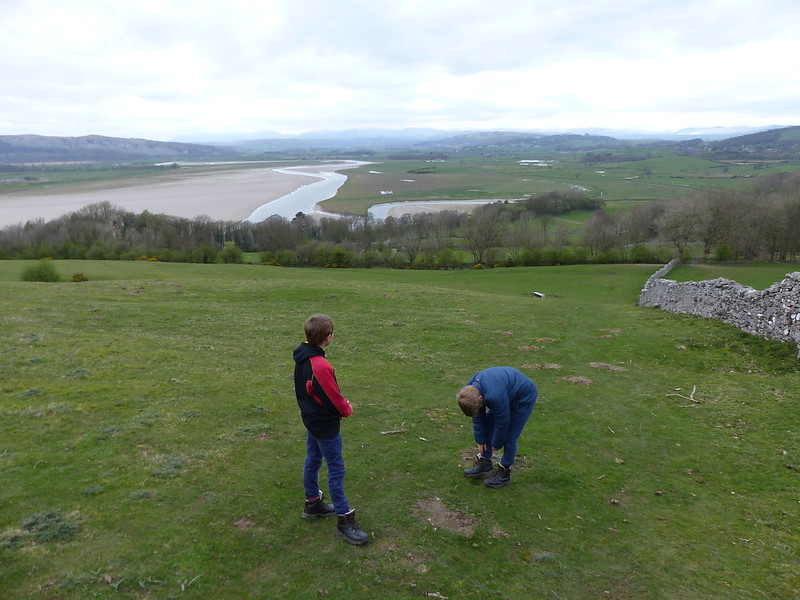
So, rather unexpectedly, I managed two hills on my birthday, only the modest heights of Castlebarrow and Haverbrack, but it’s a good deal more than I anticipated.
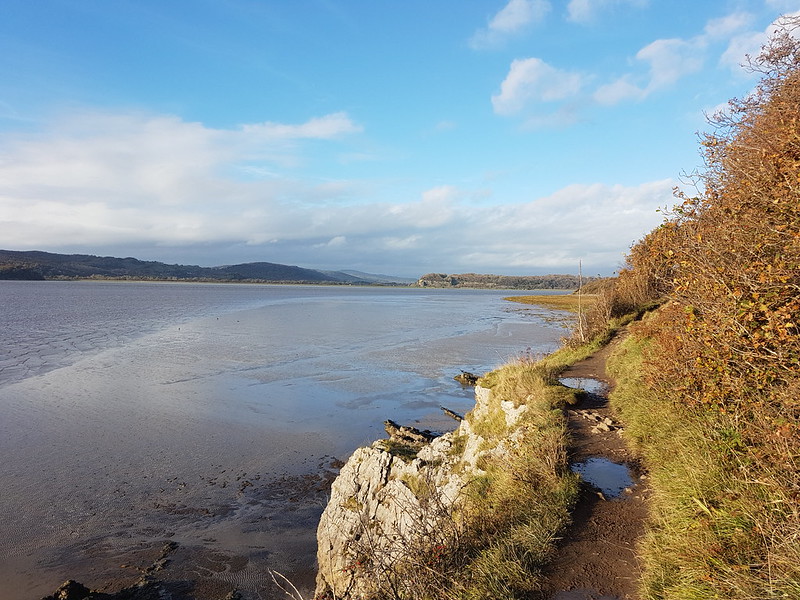


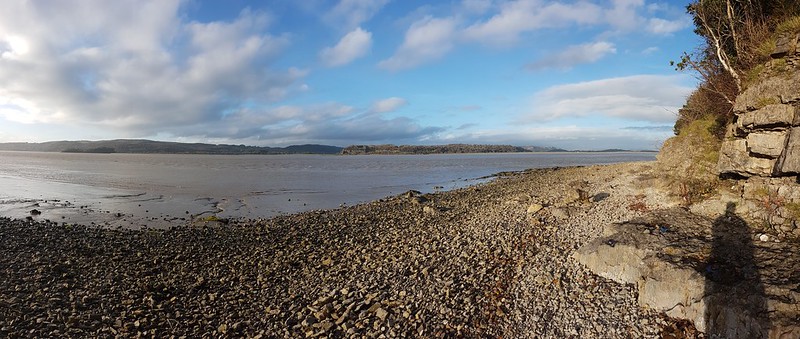
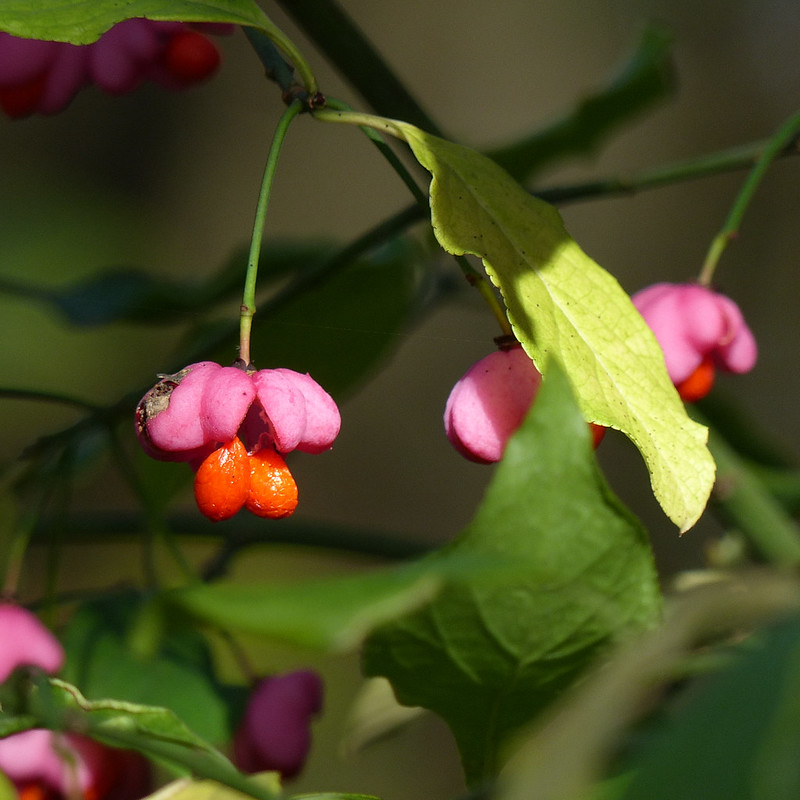
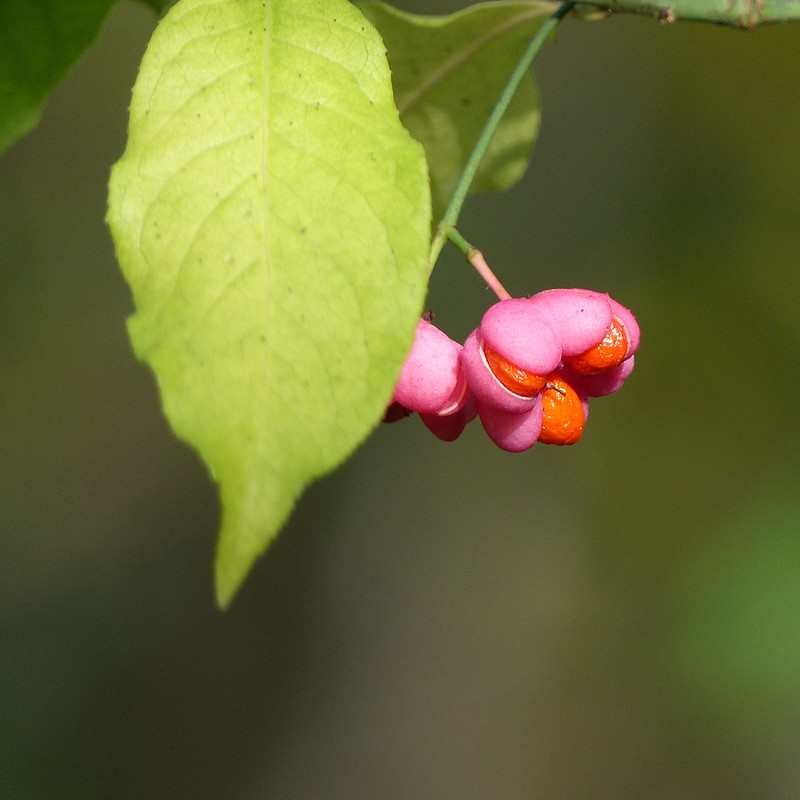
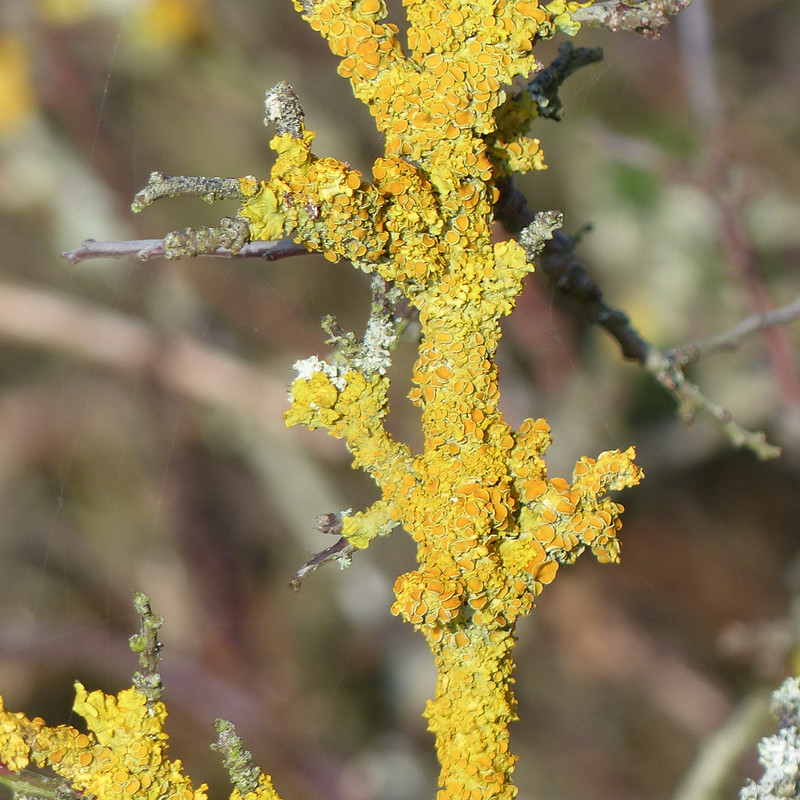
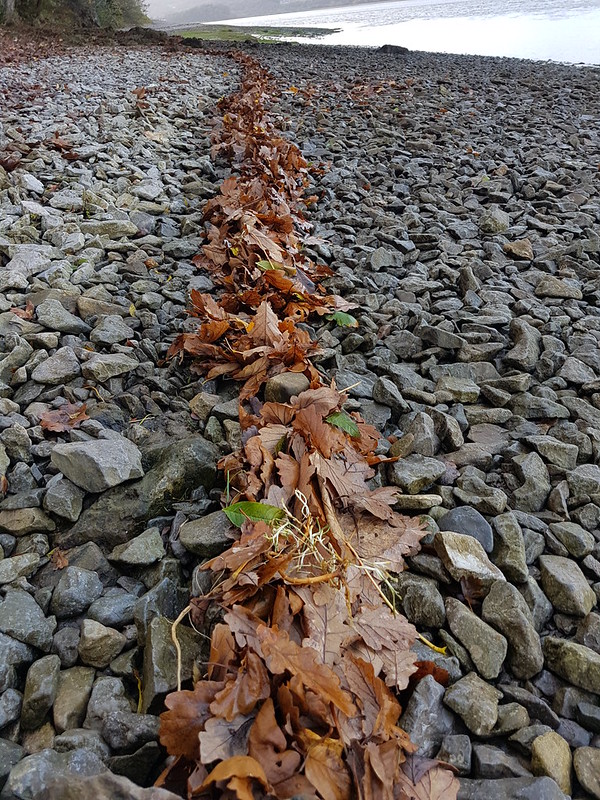
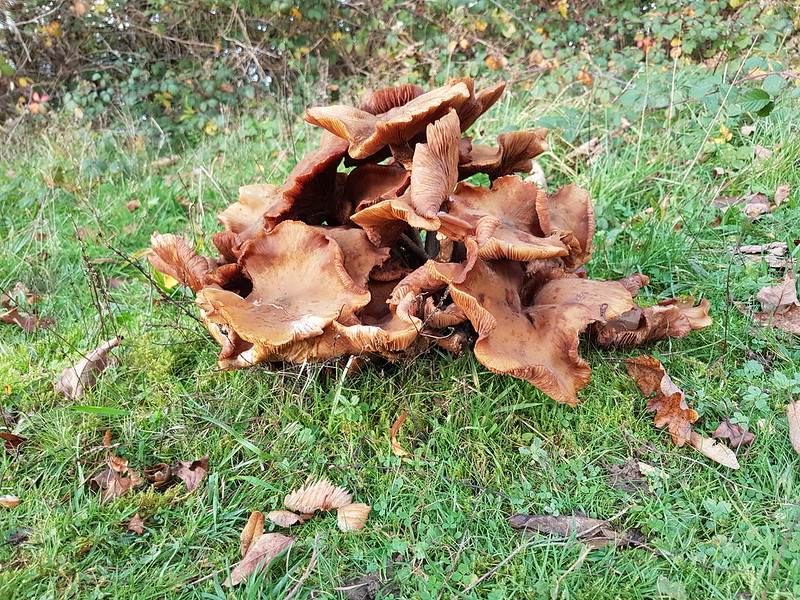



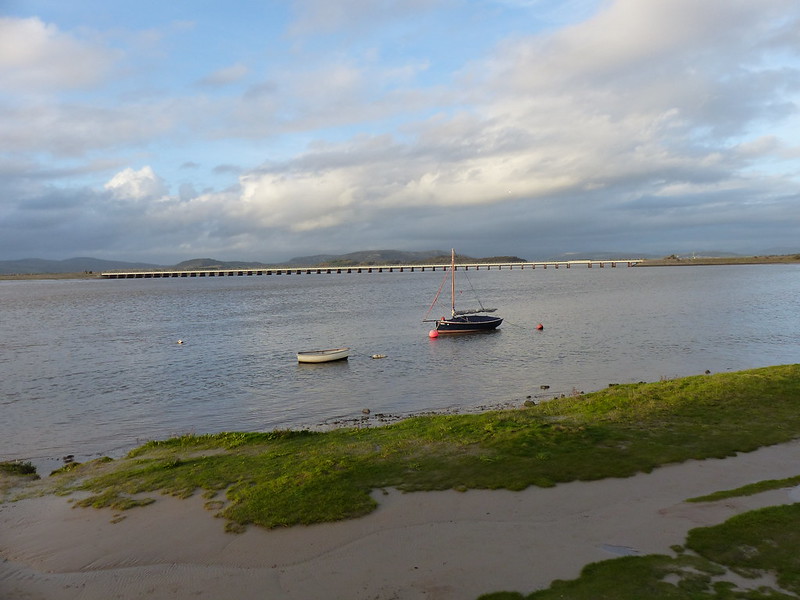
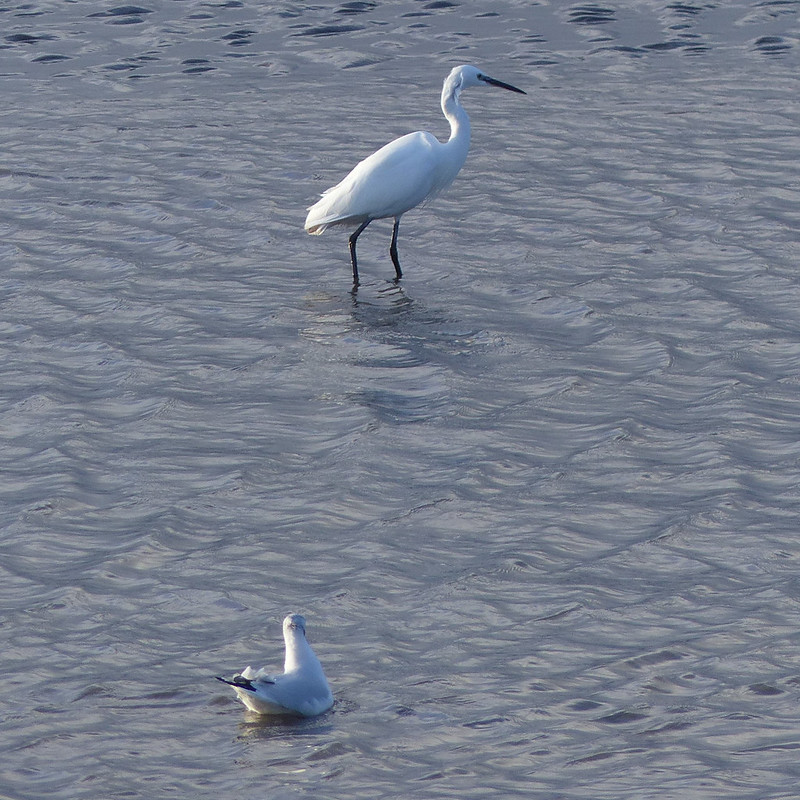
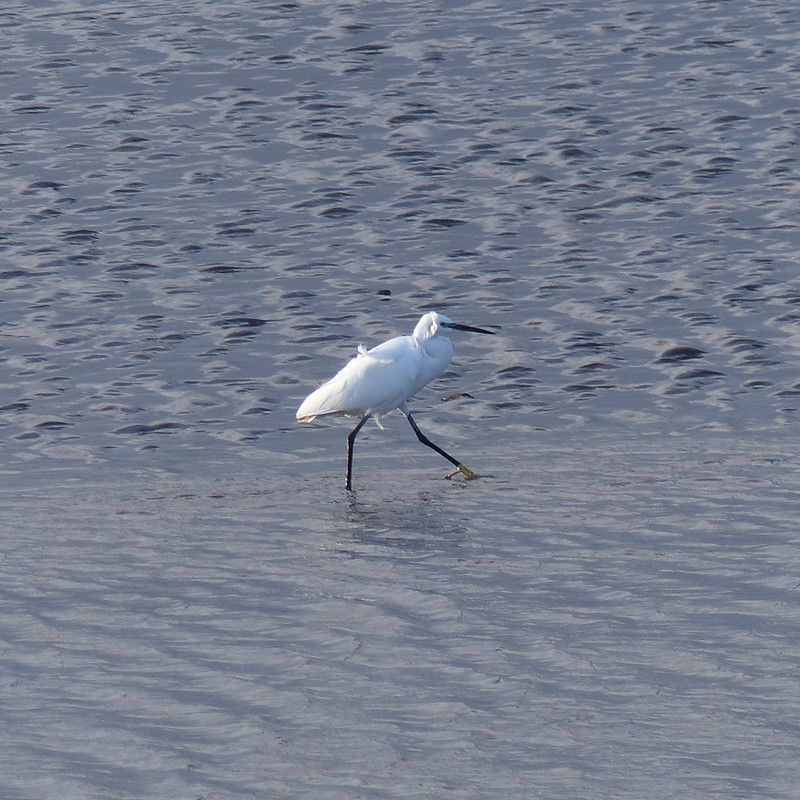
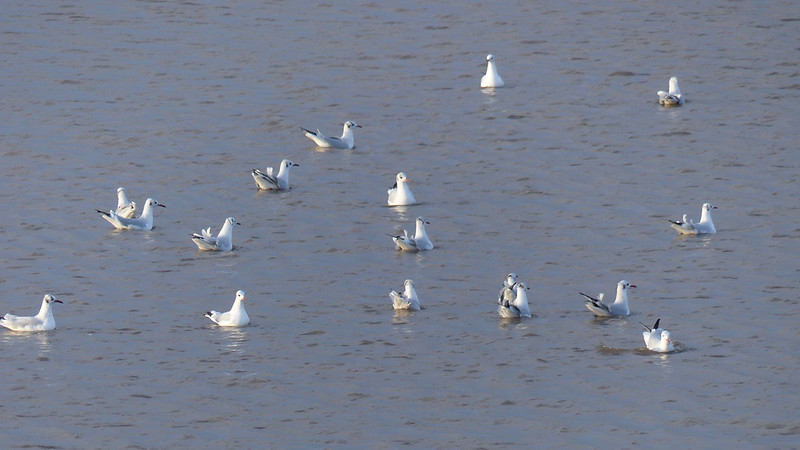
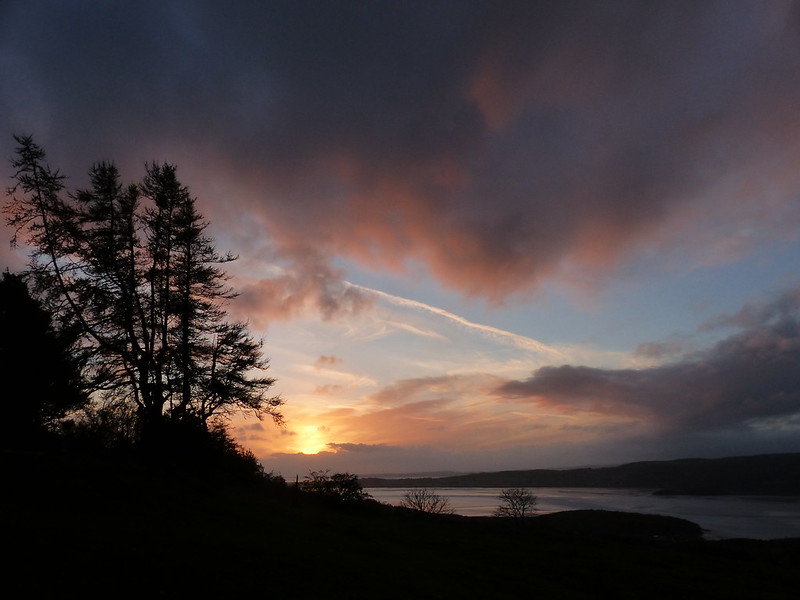

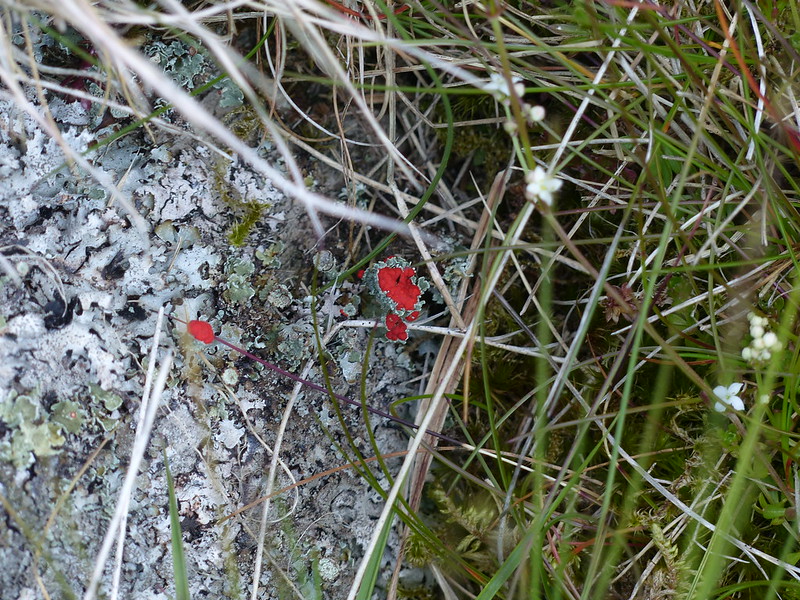
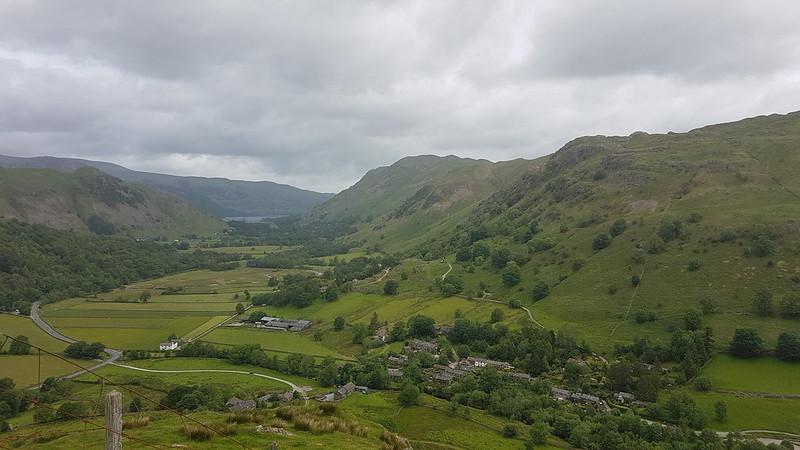
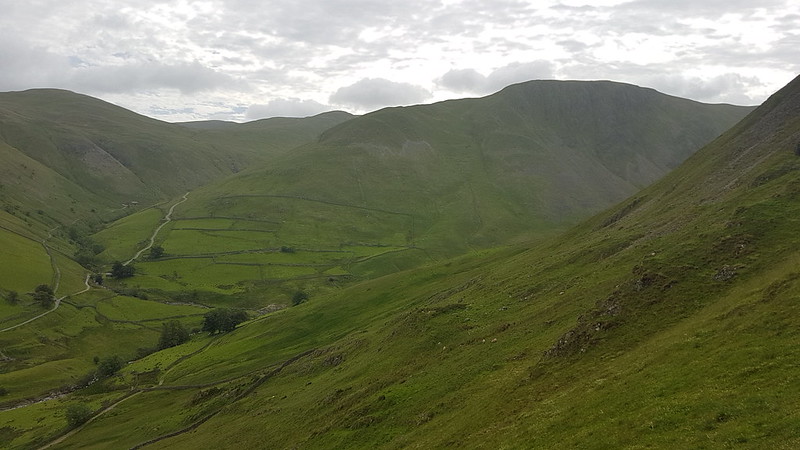




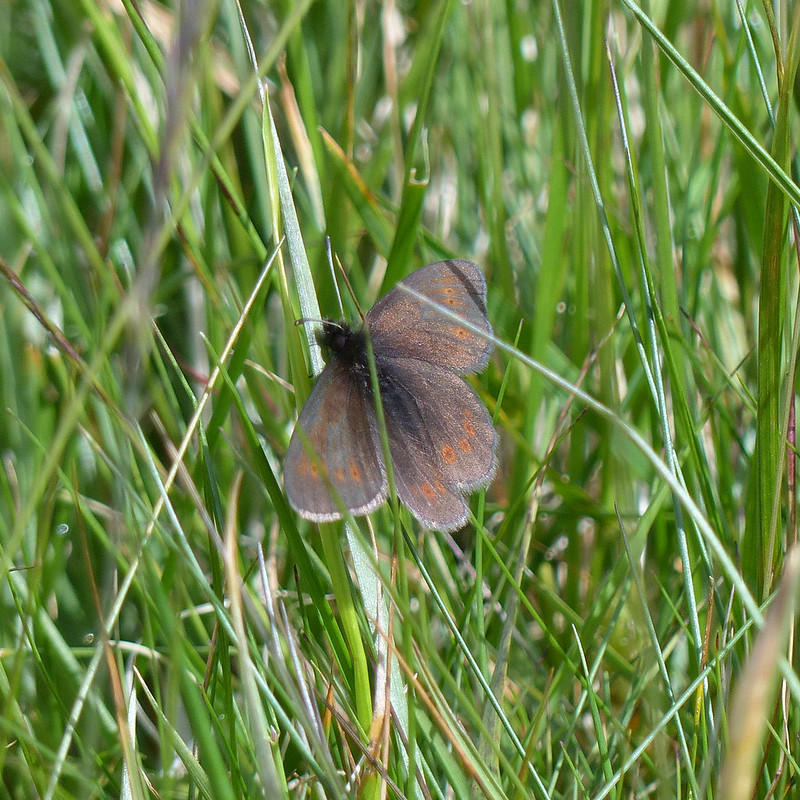
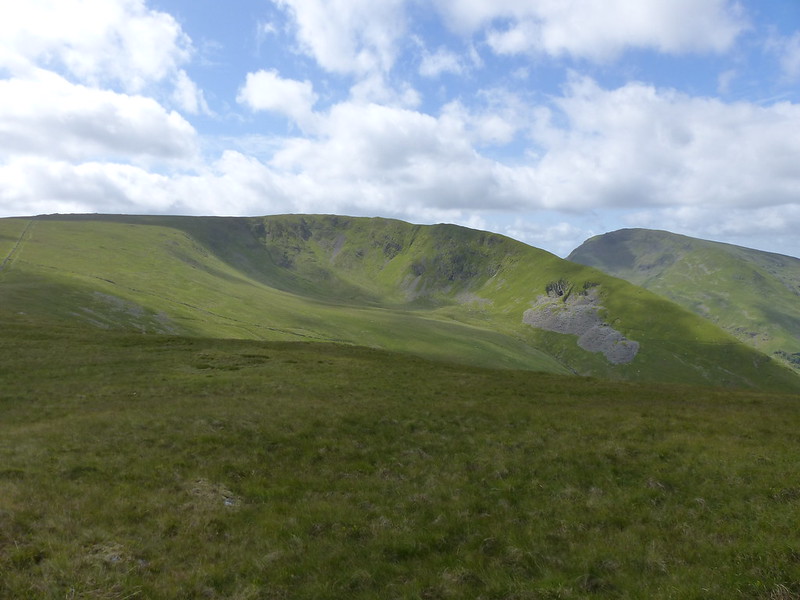
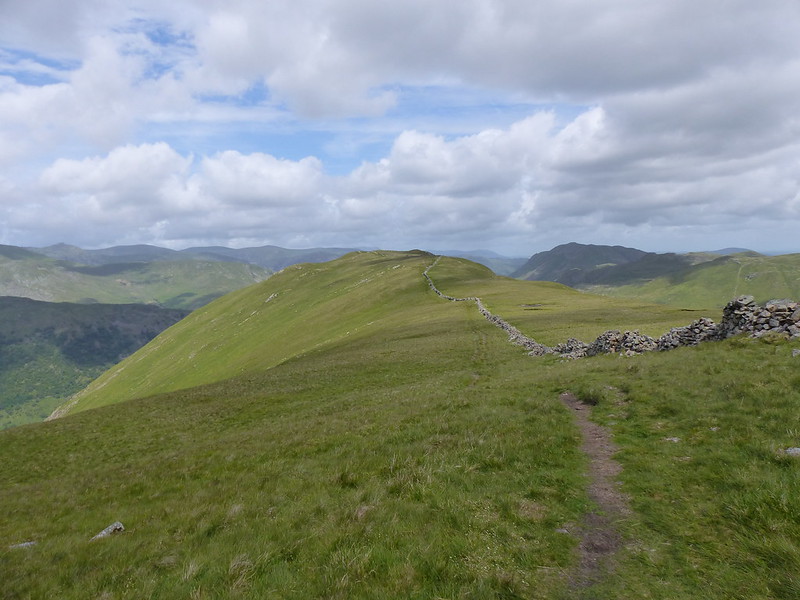


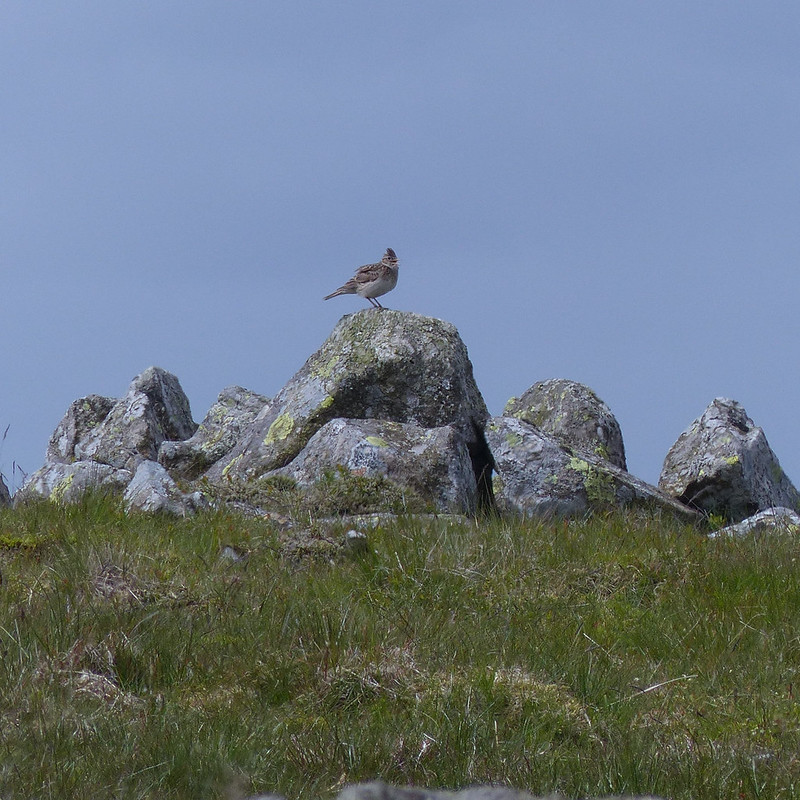
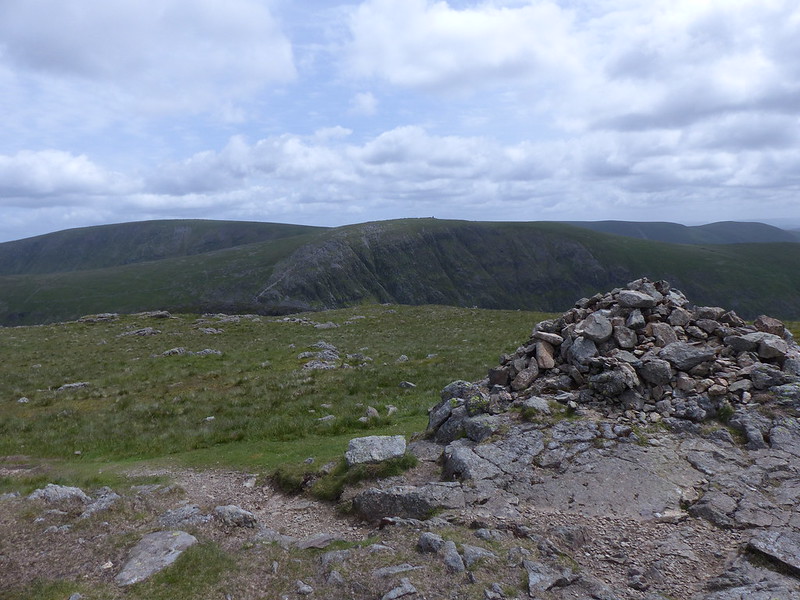
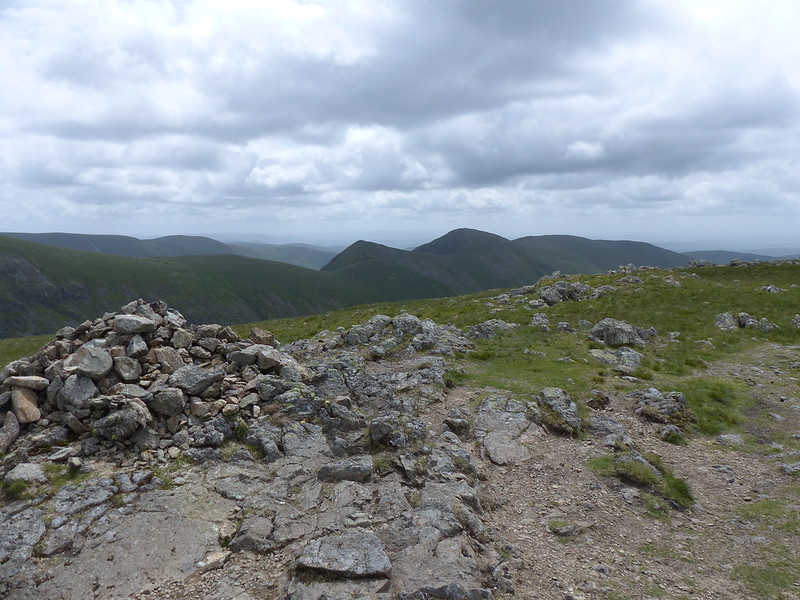
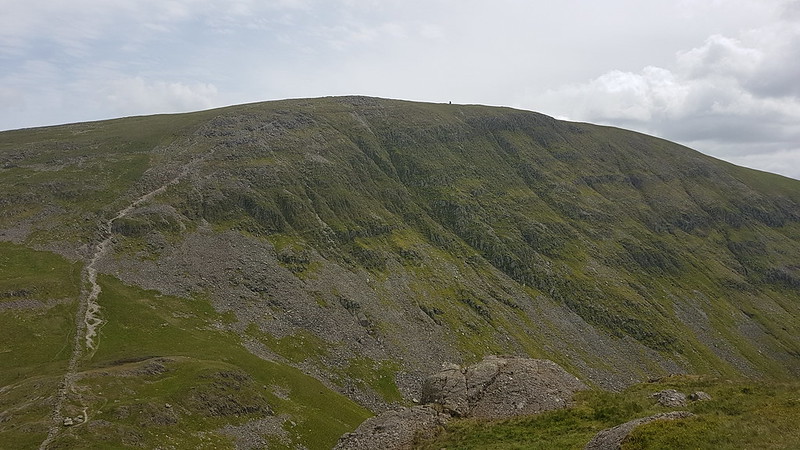


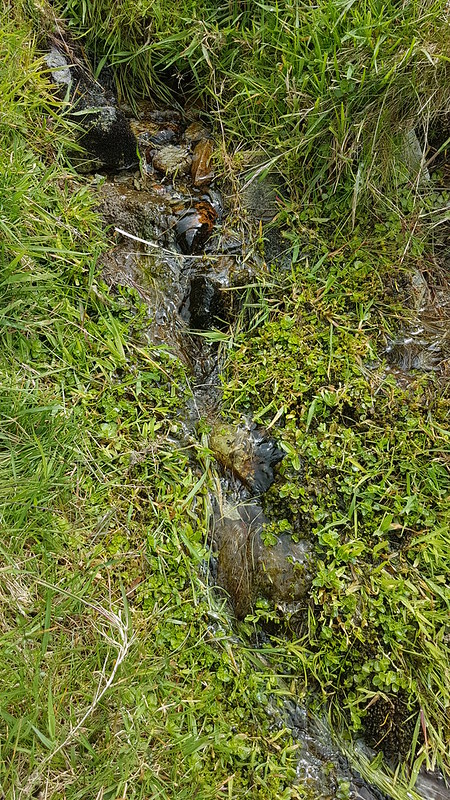

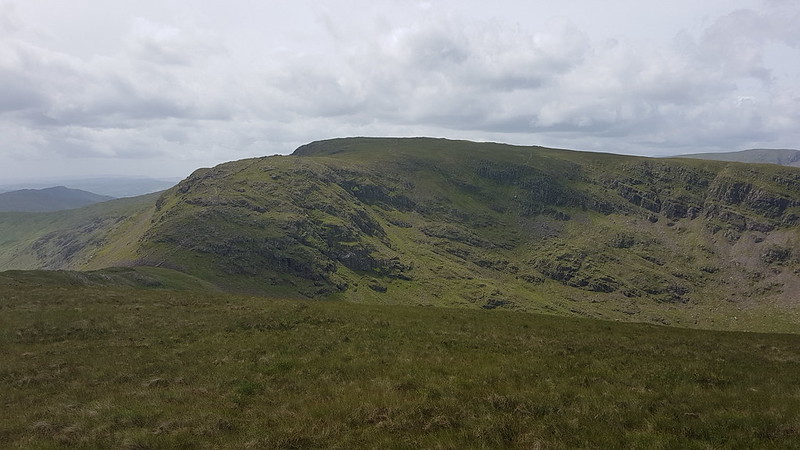
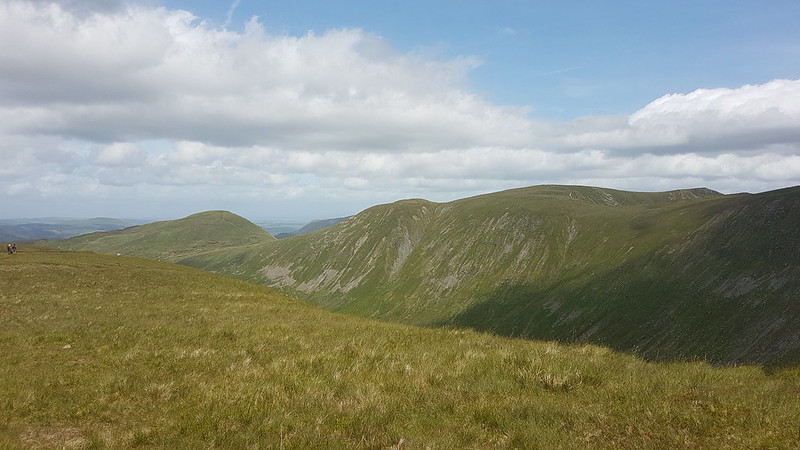





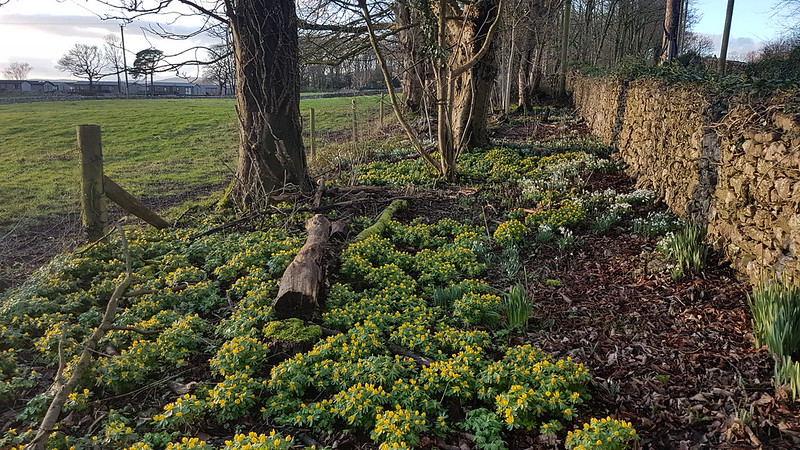

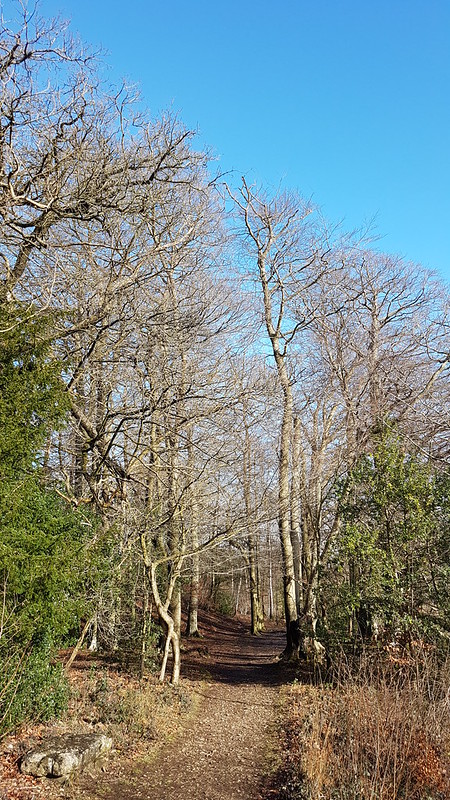
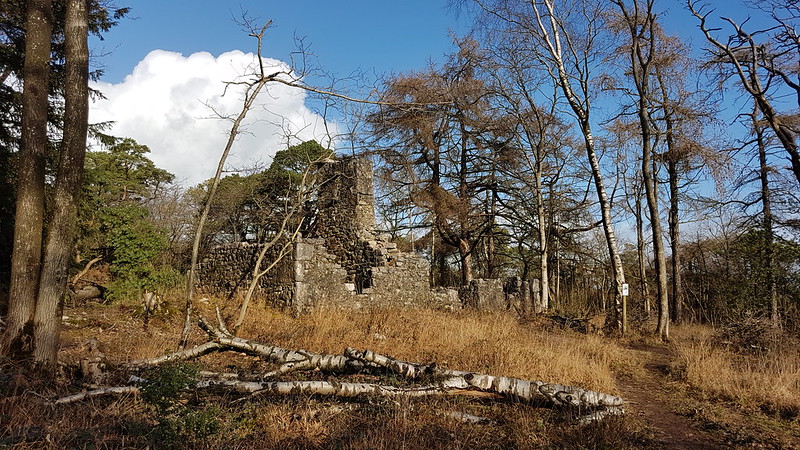

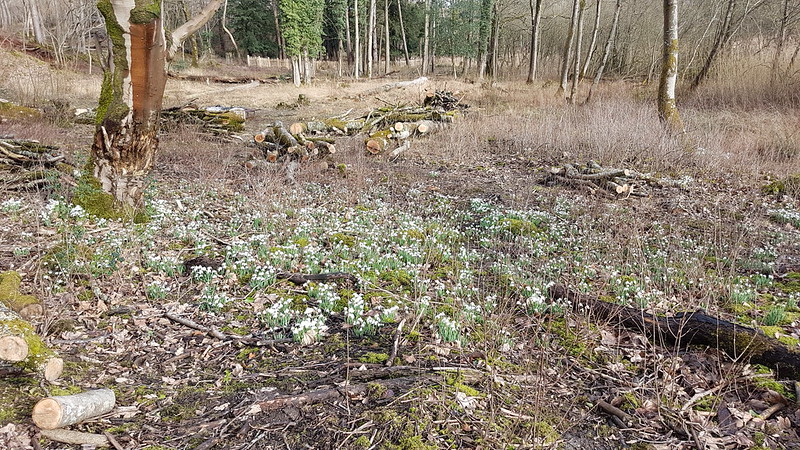
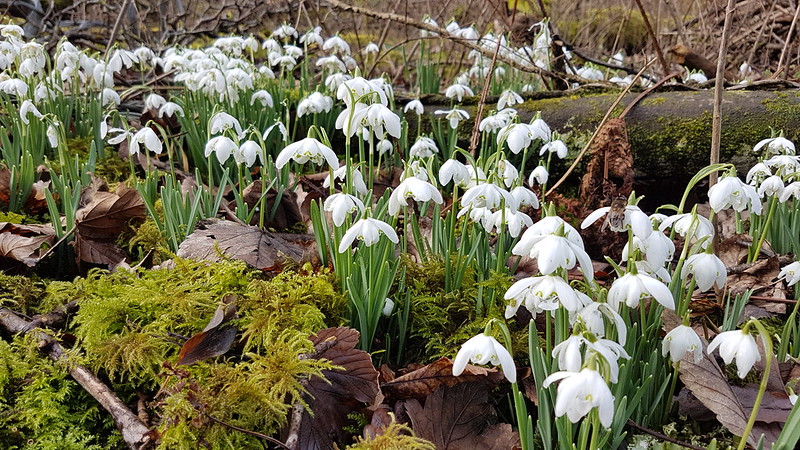
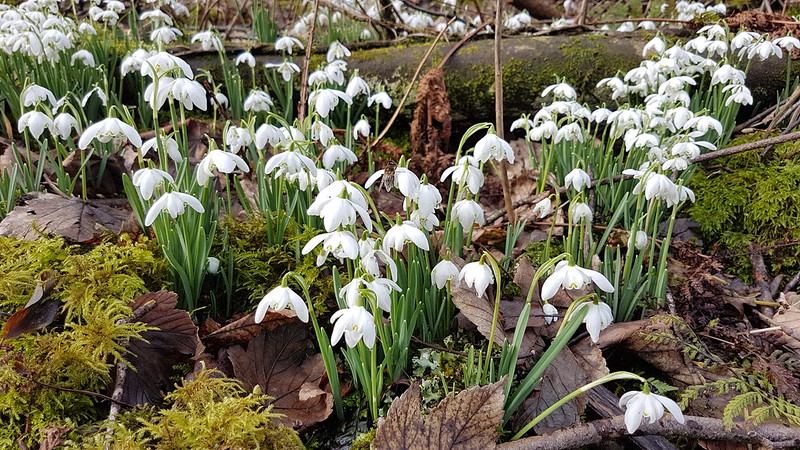
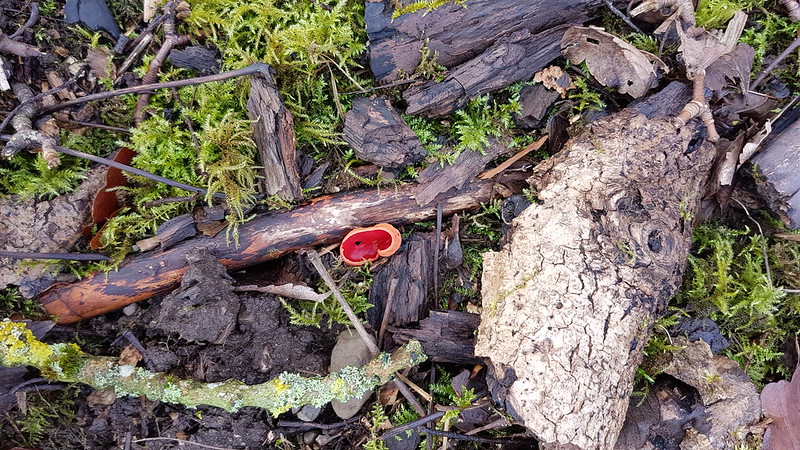

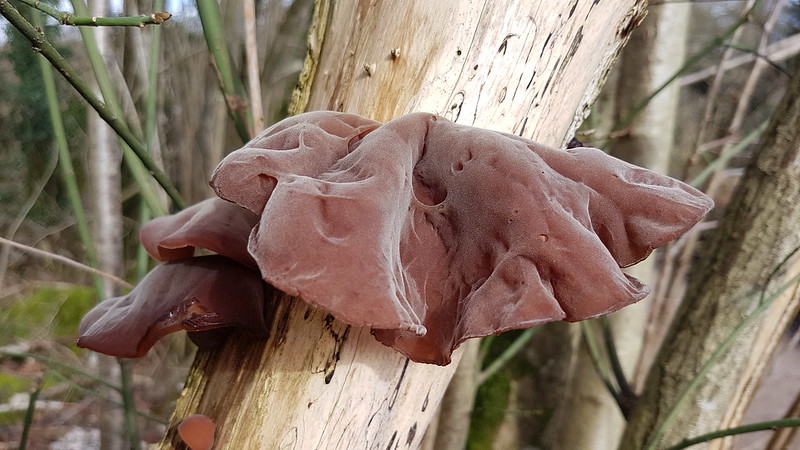
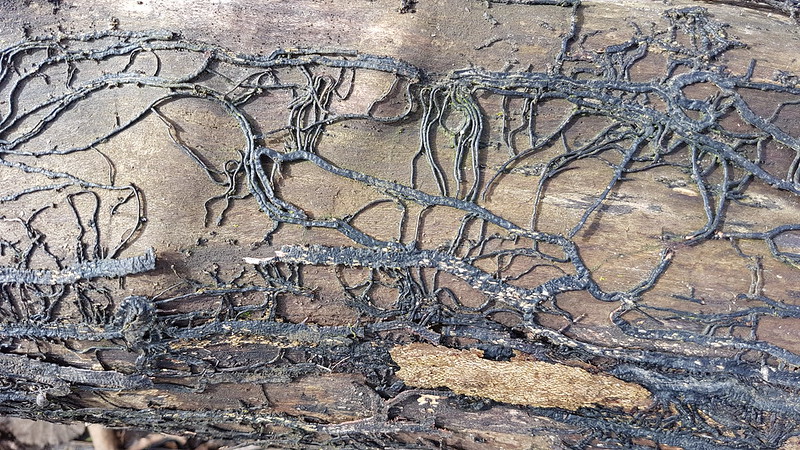
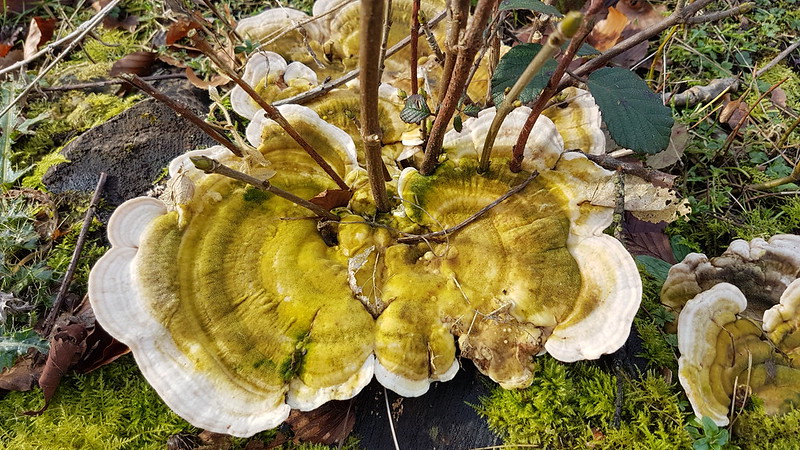
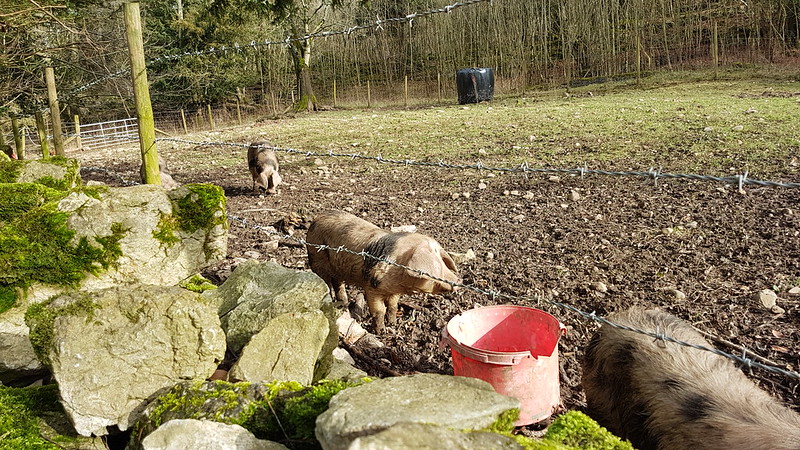

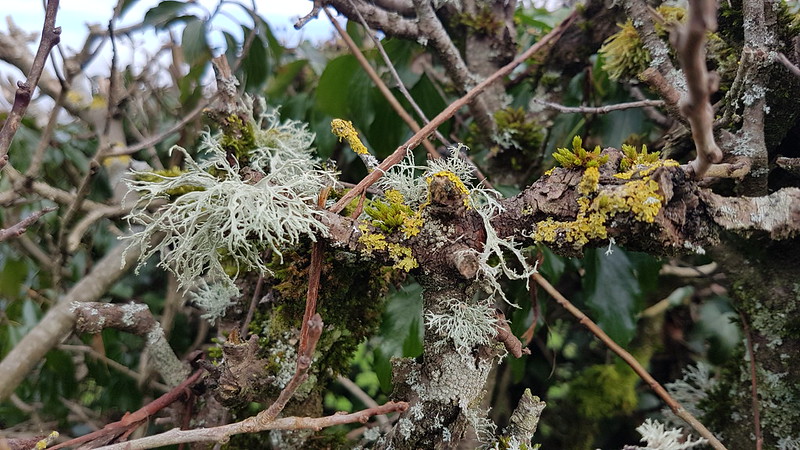
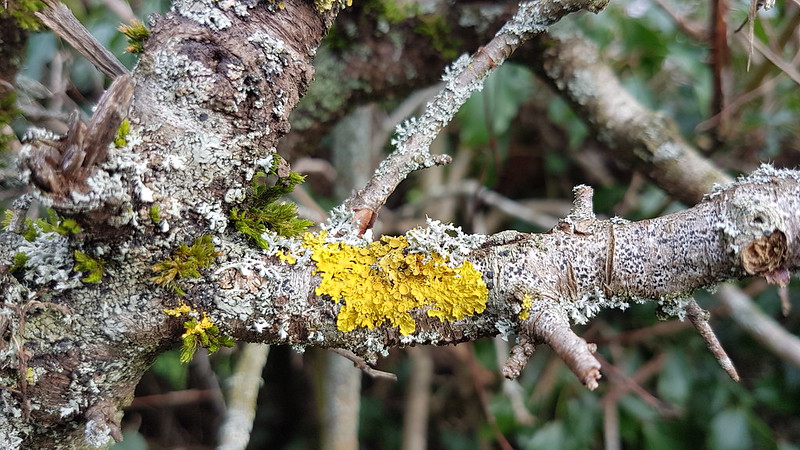

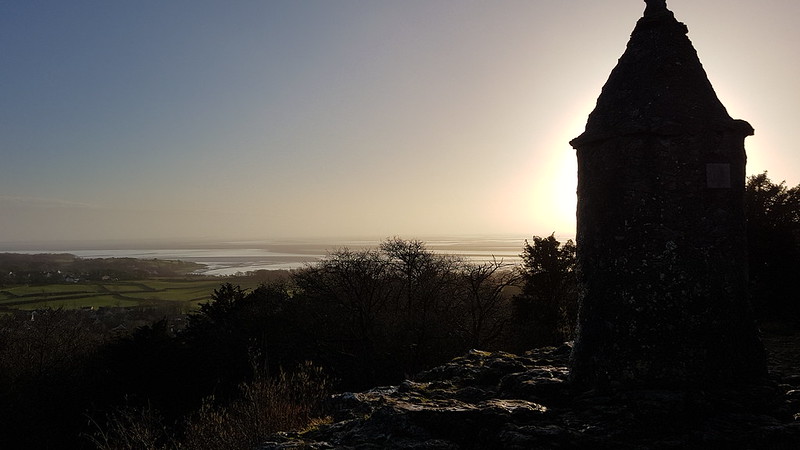
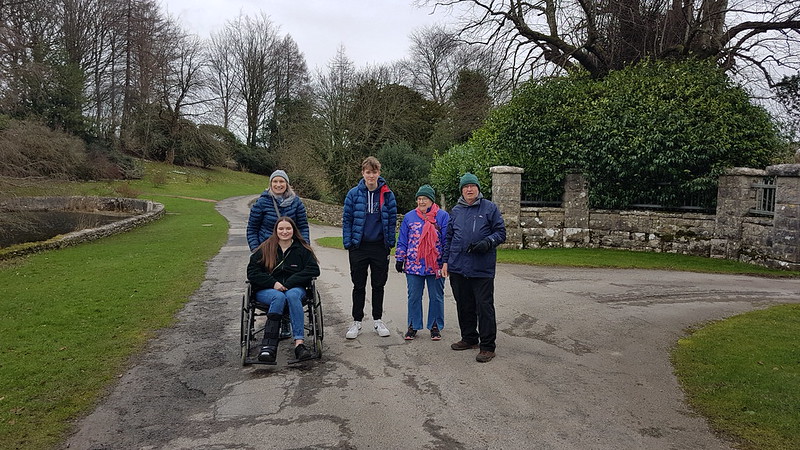
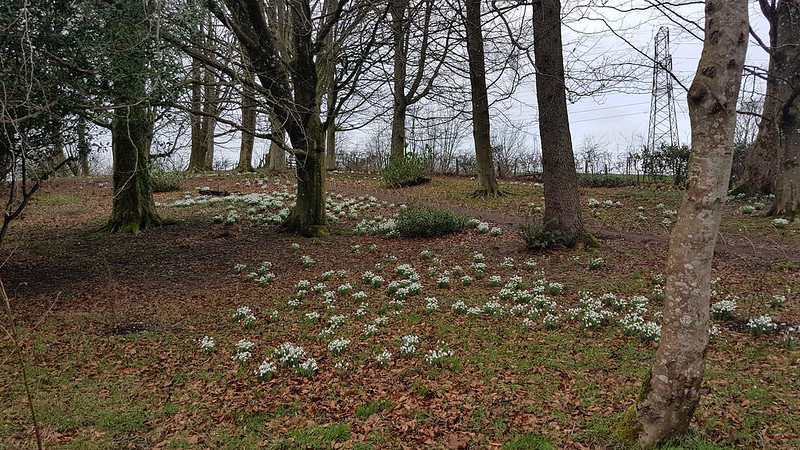
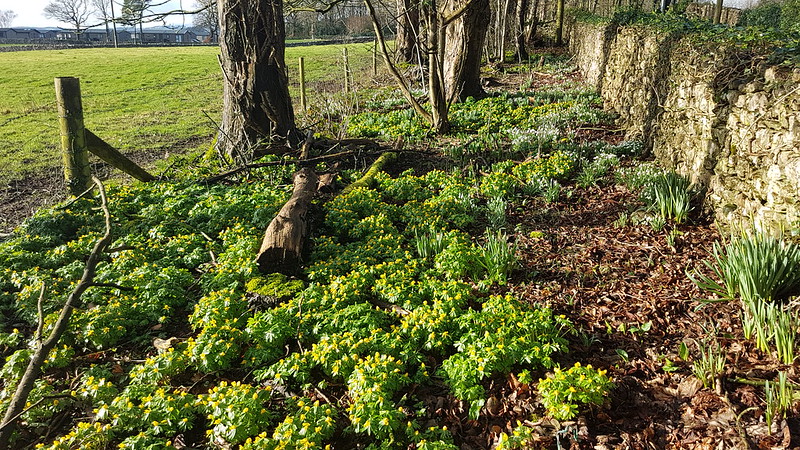


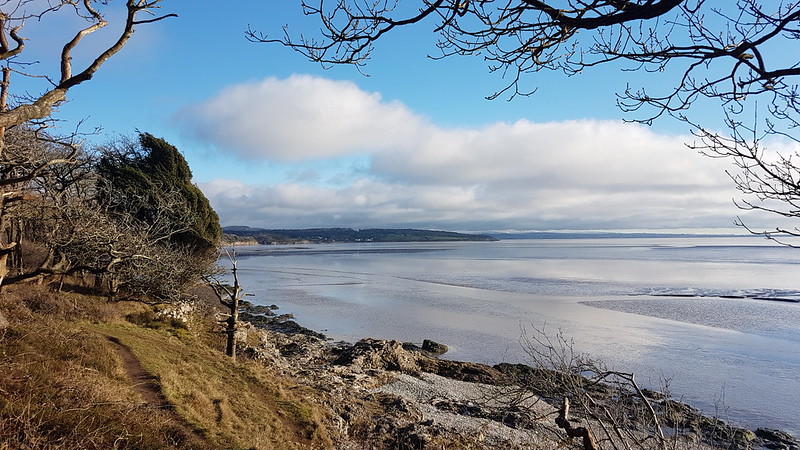



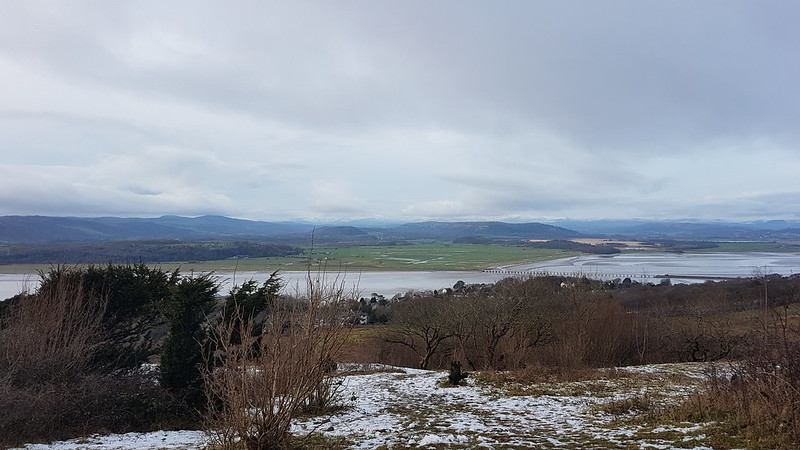


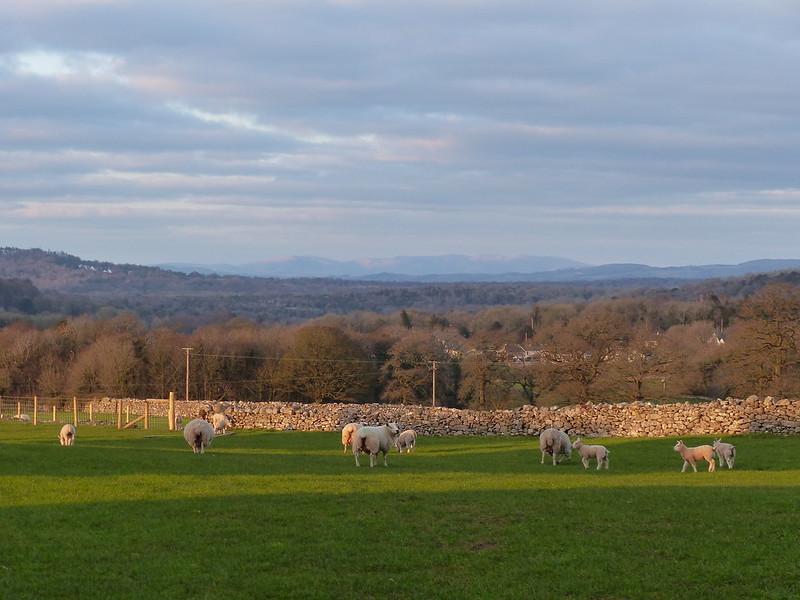
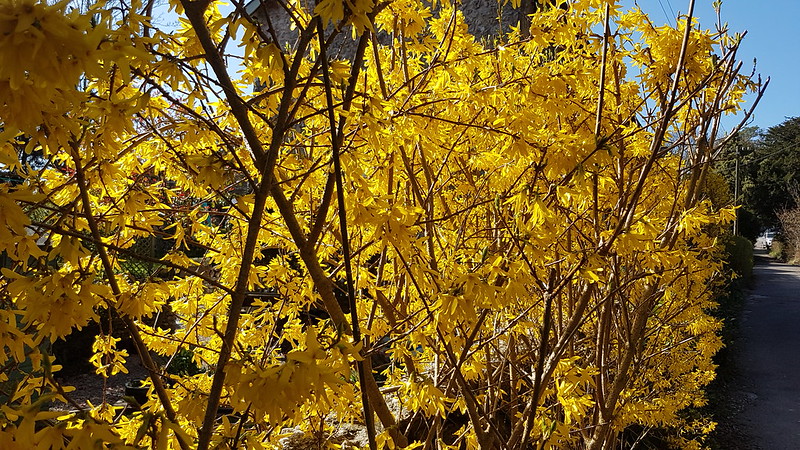
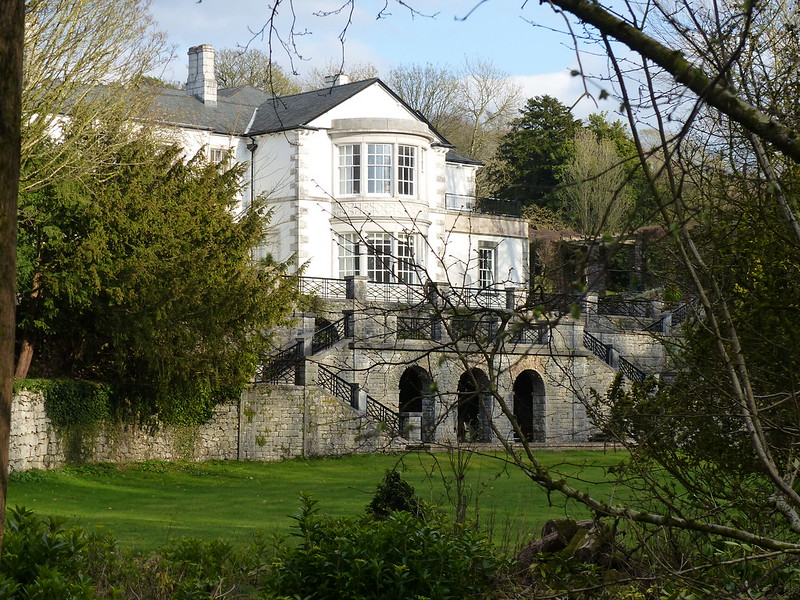

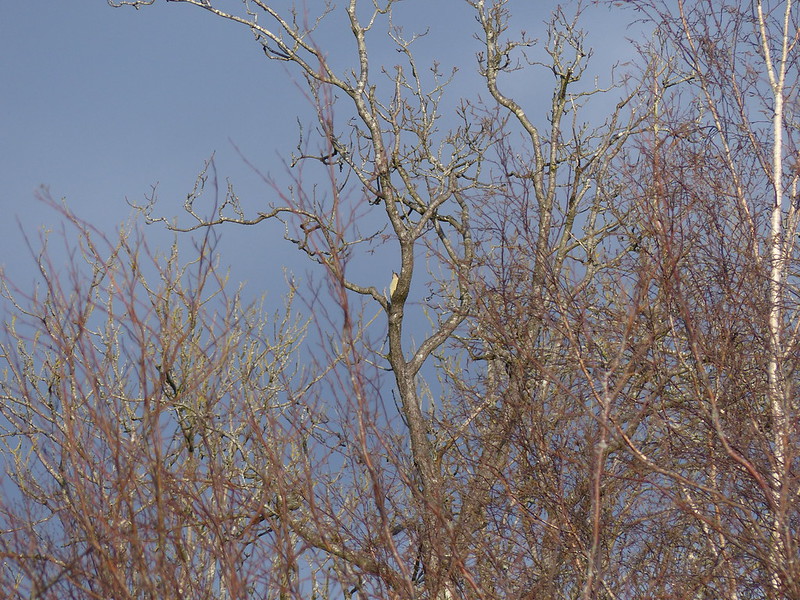
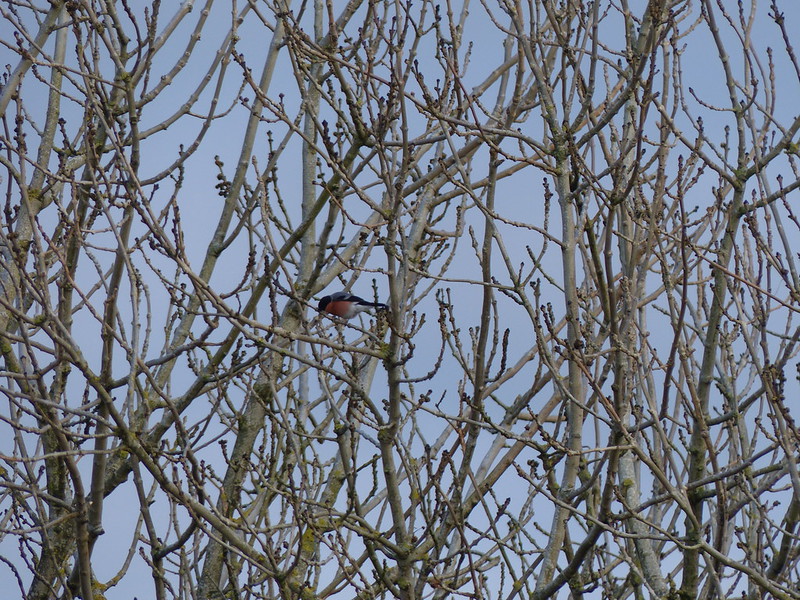
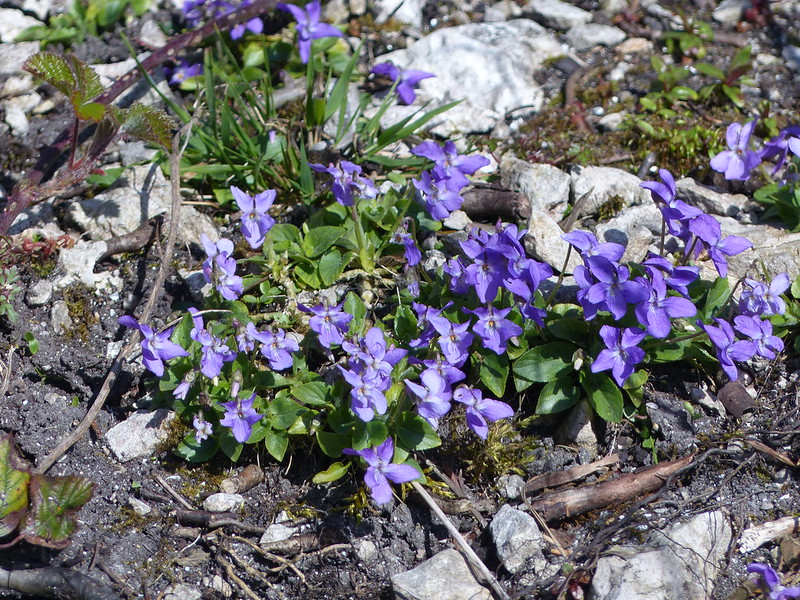
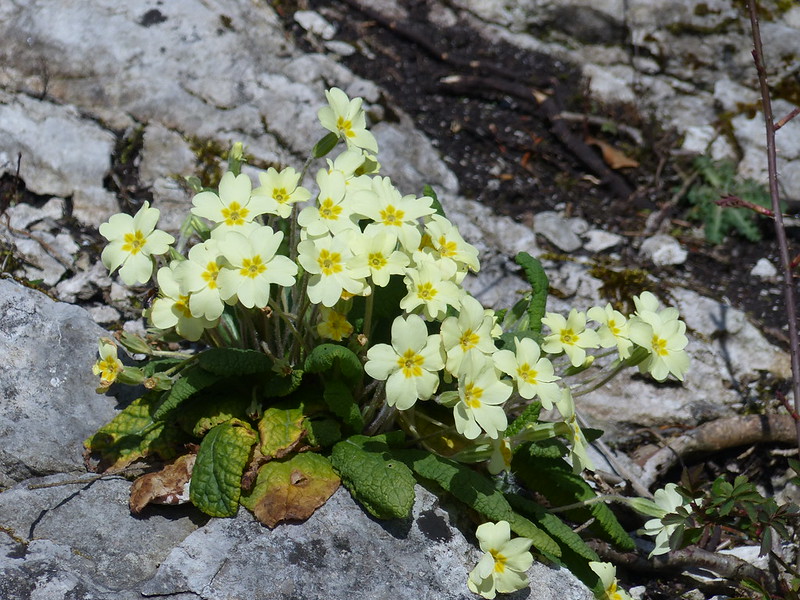
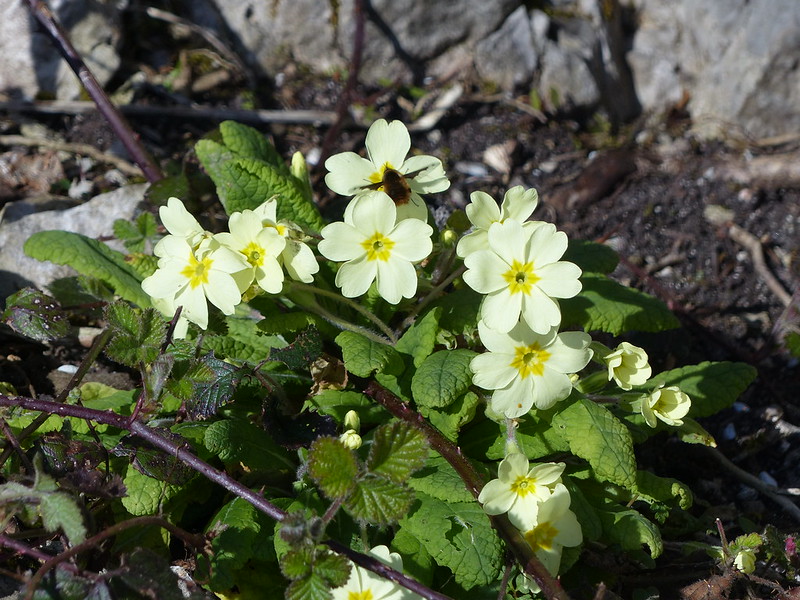
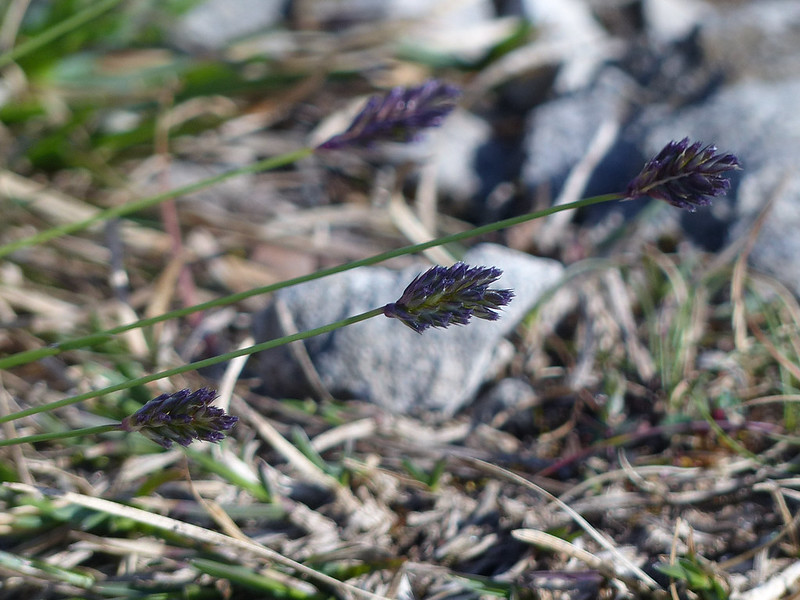


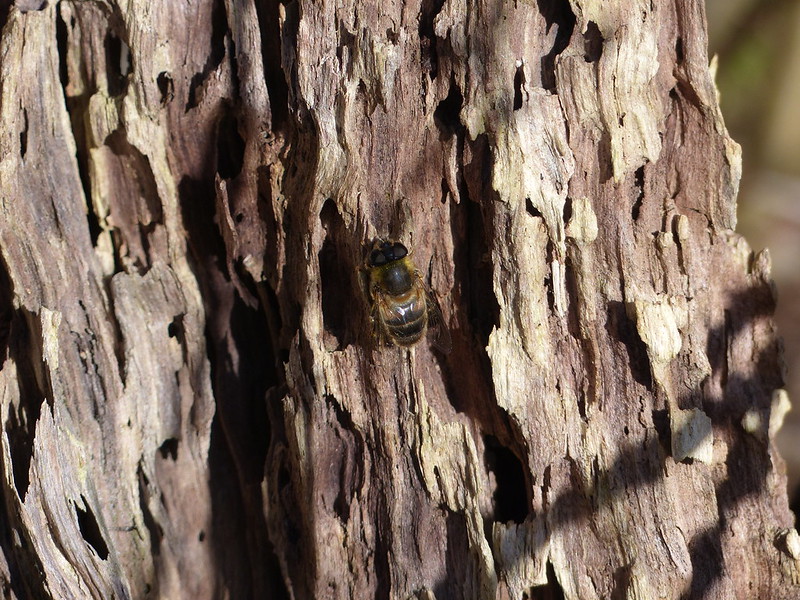
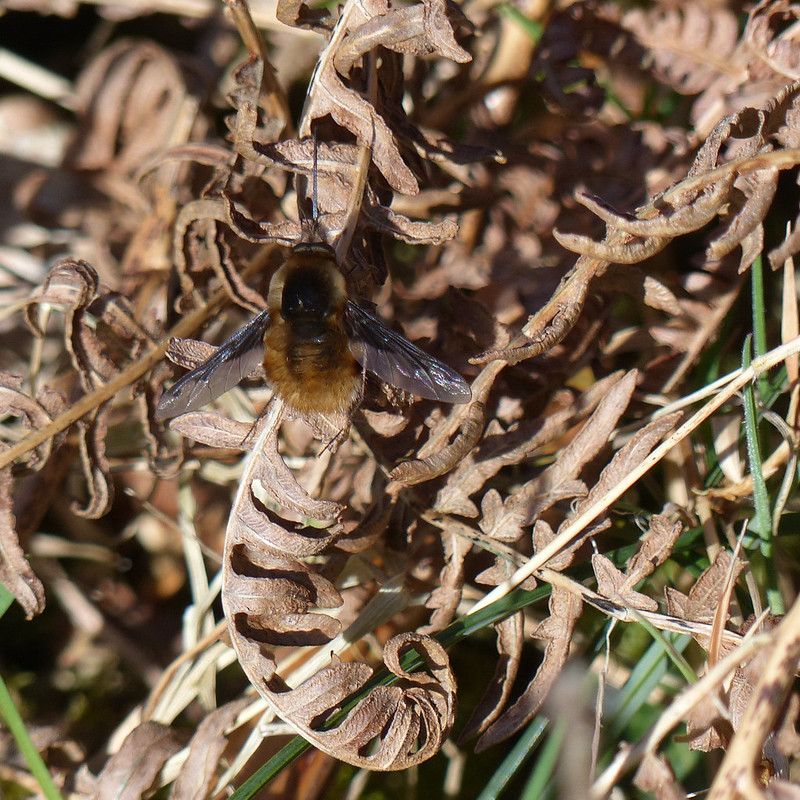
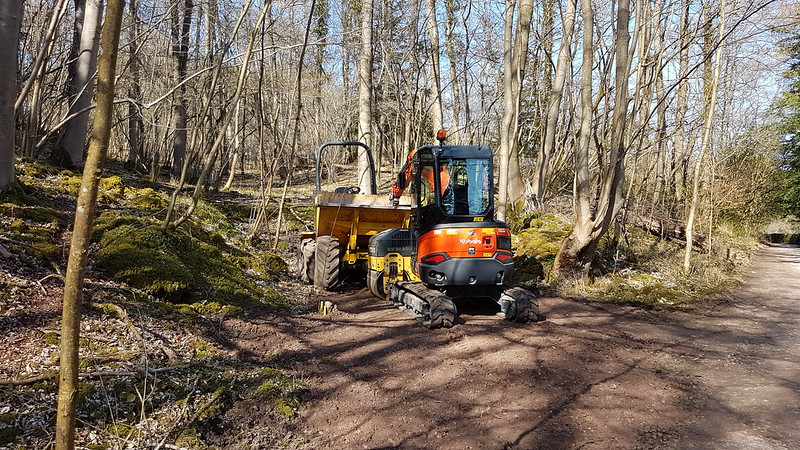
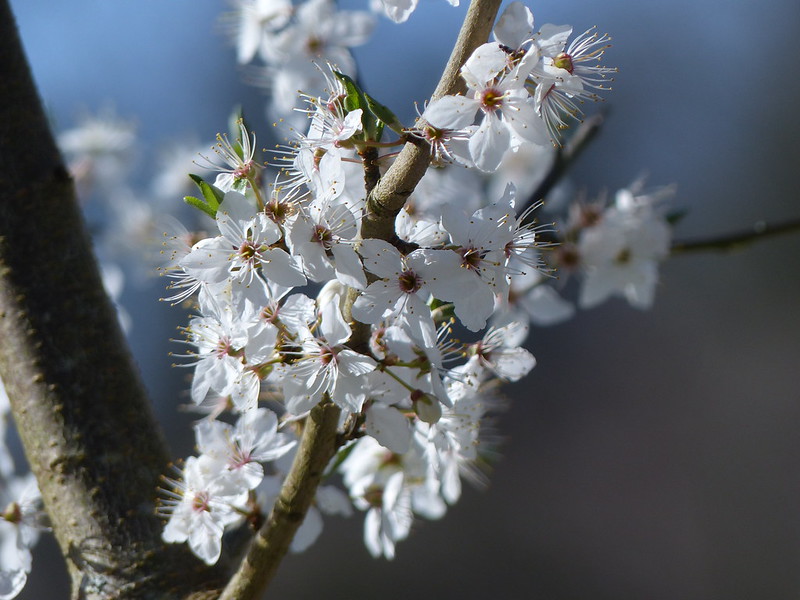
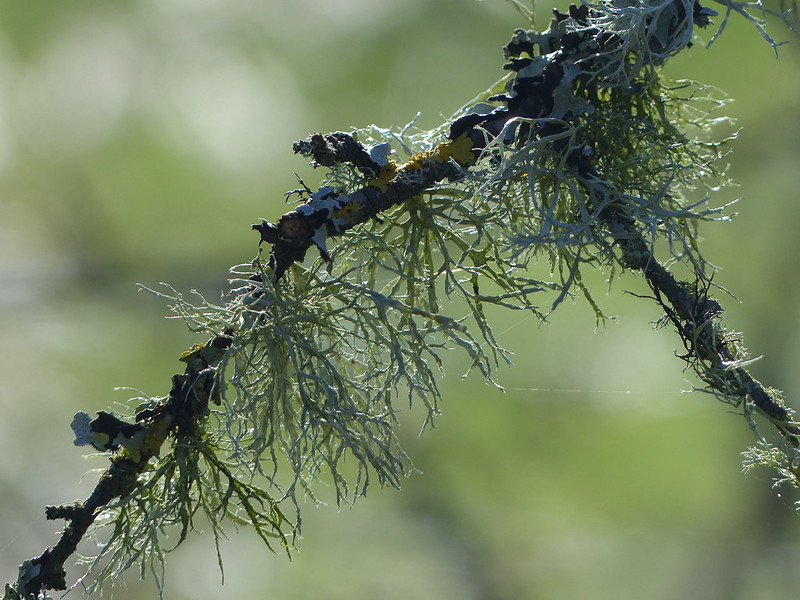

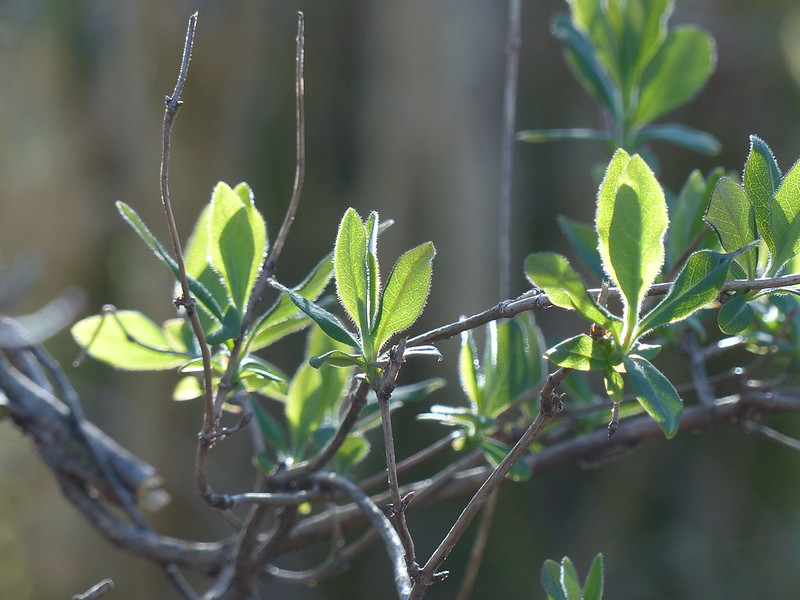

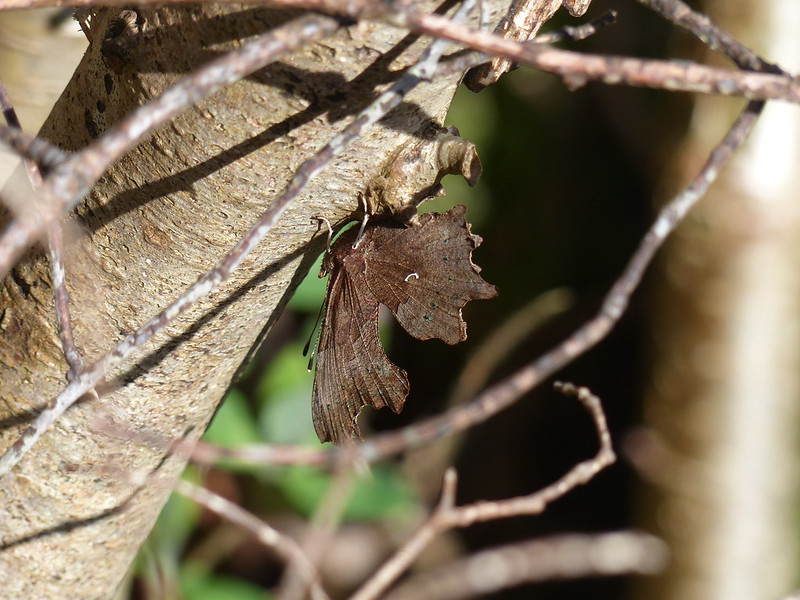



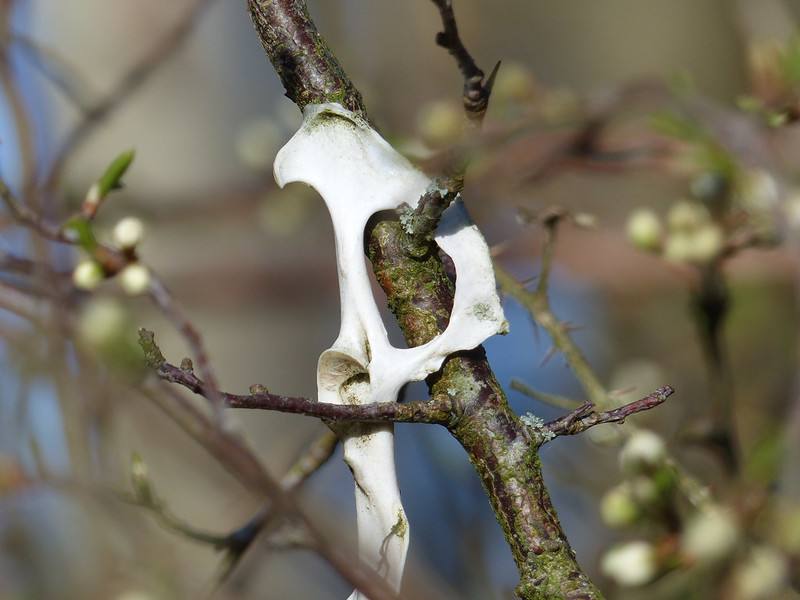
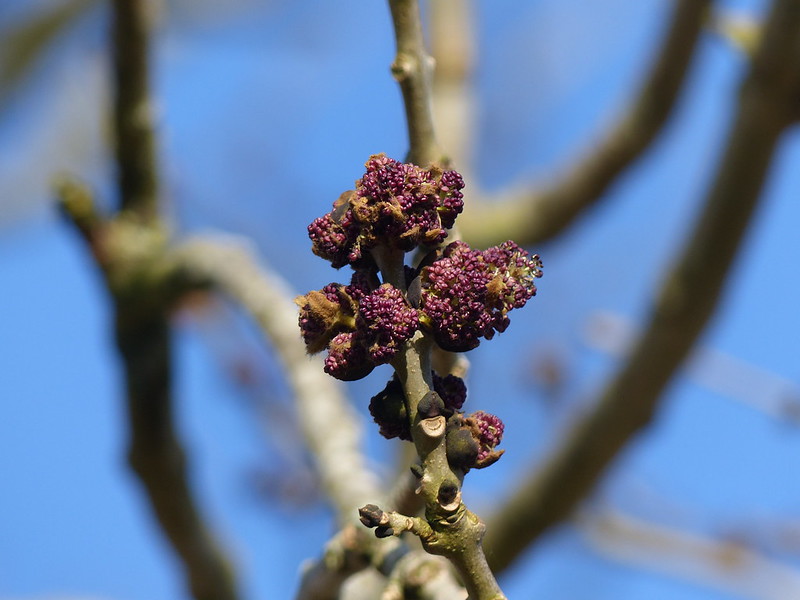

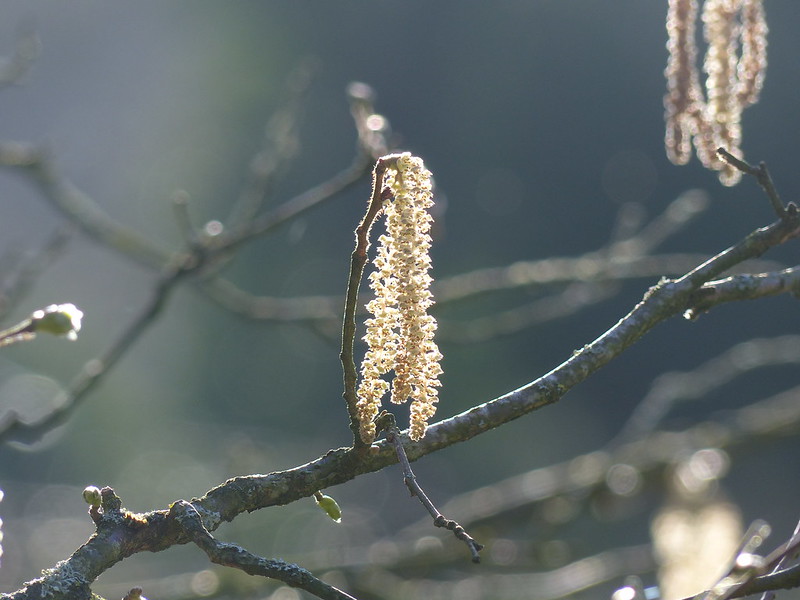
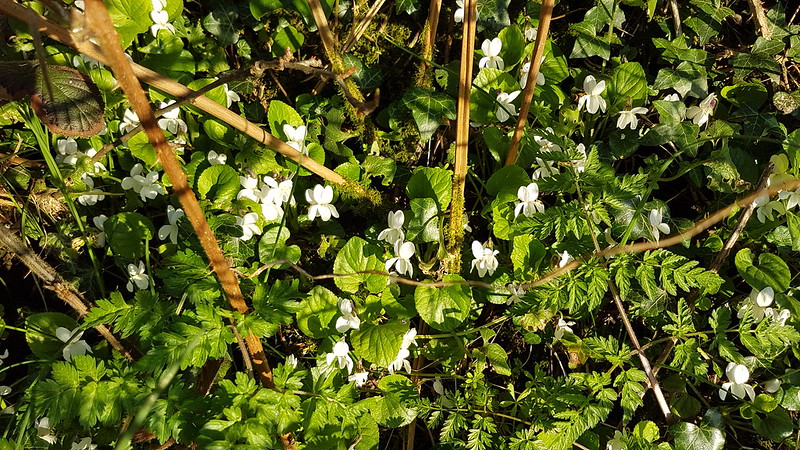
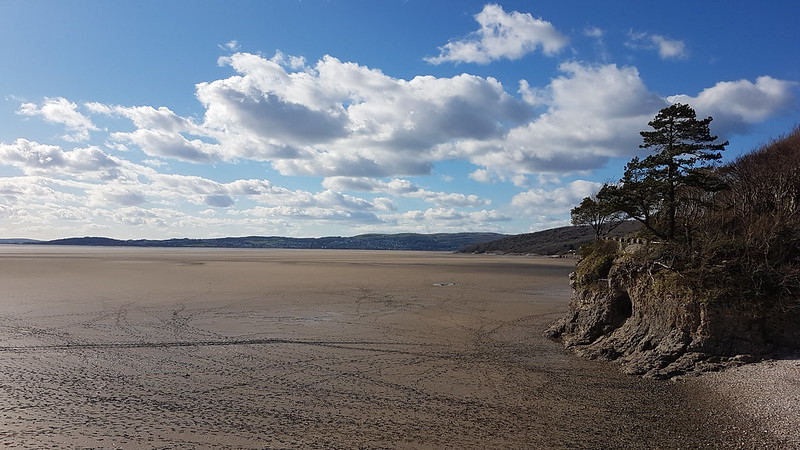
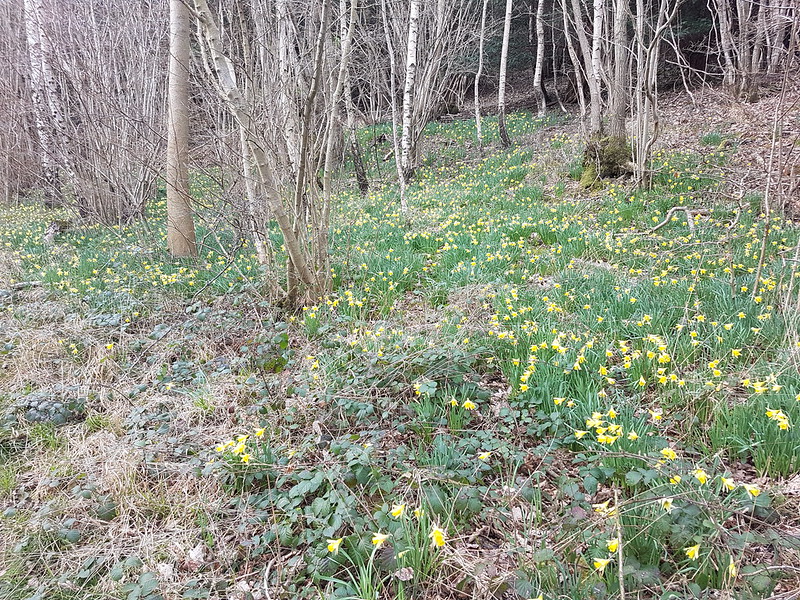
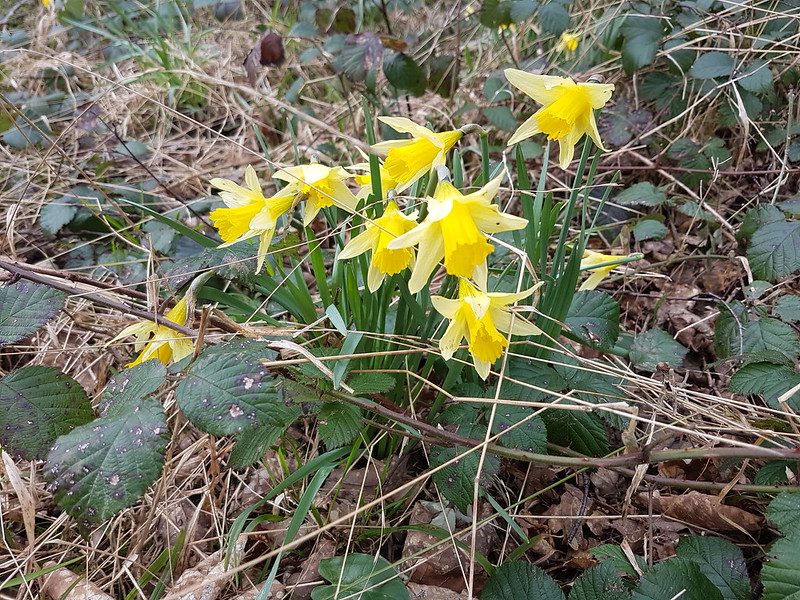

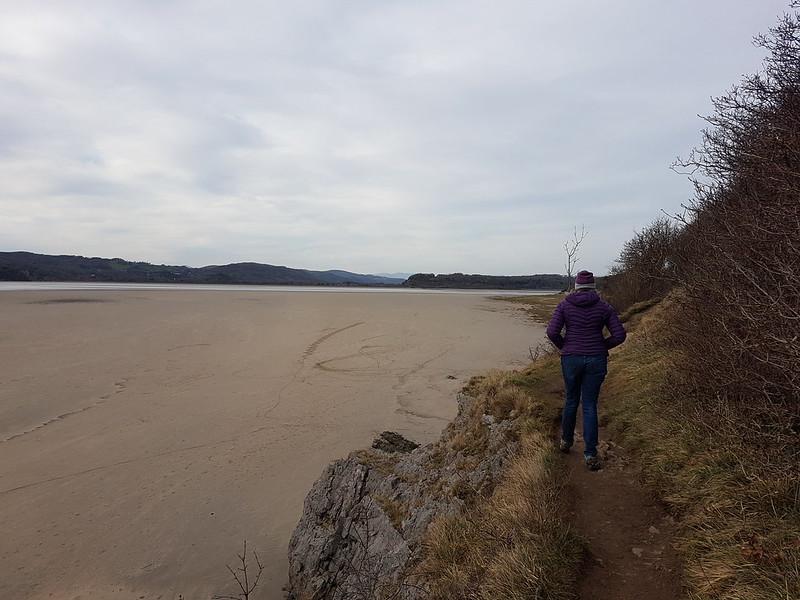




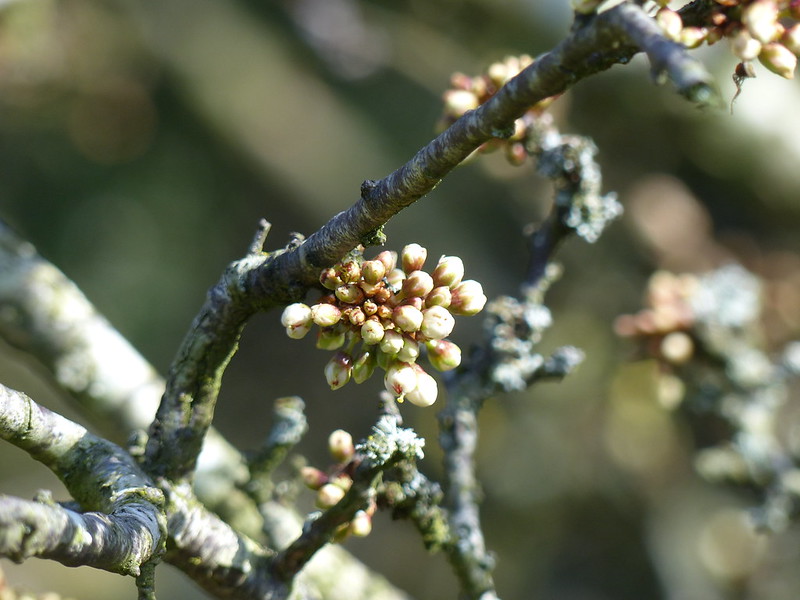
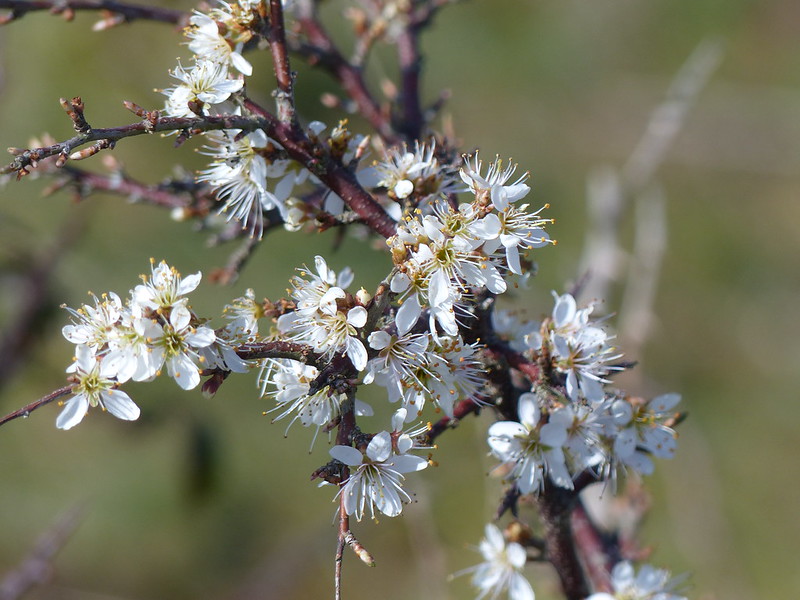

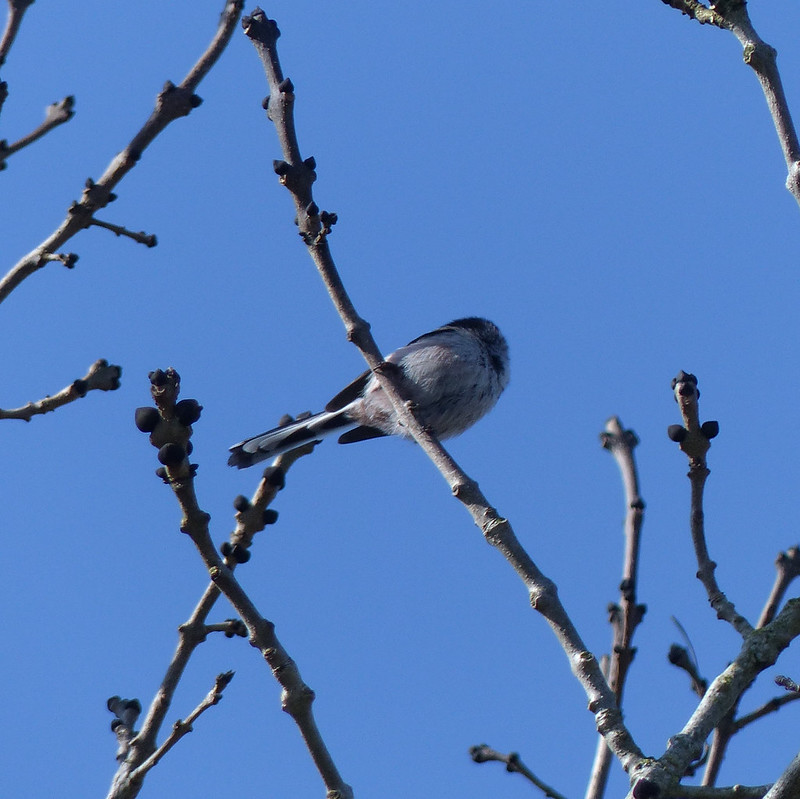

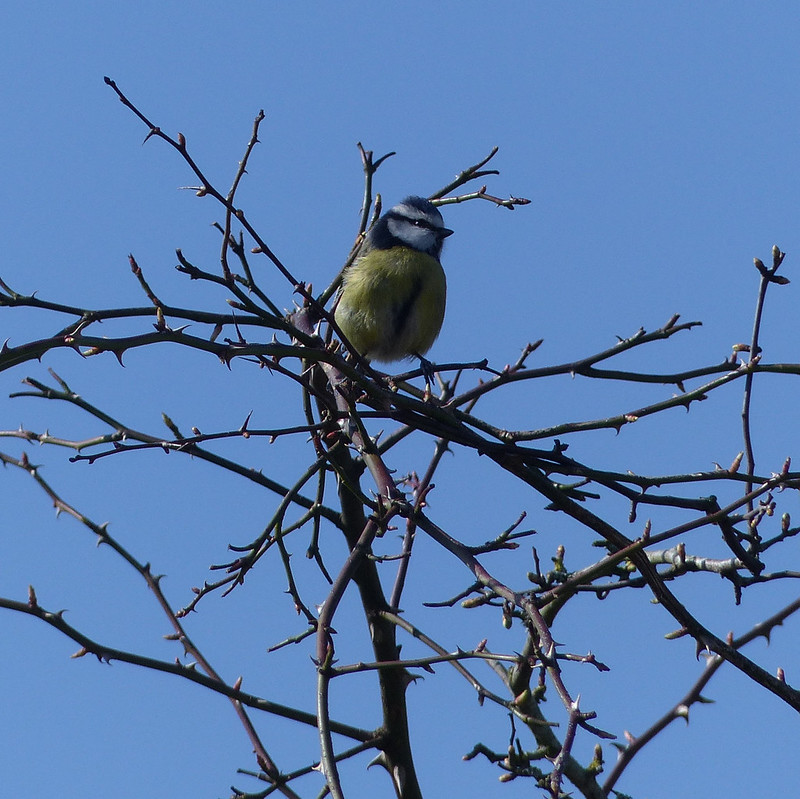

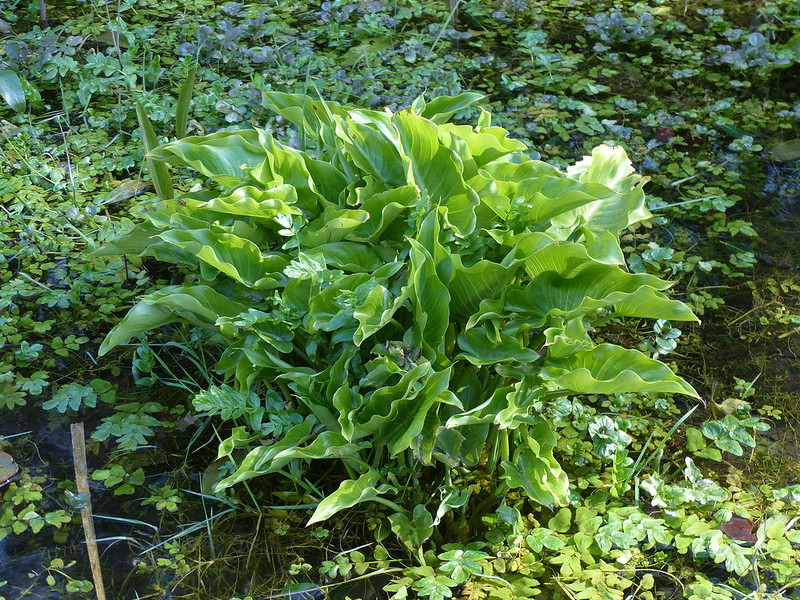

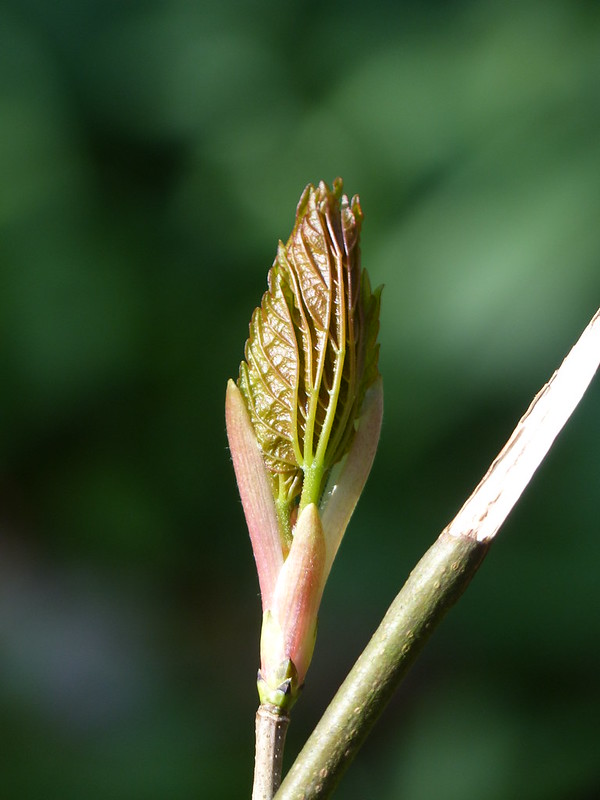
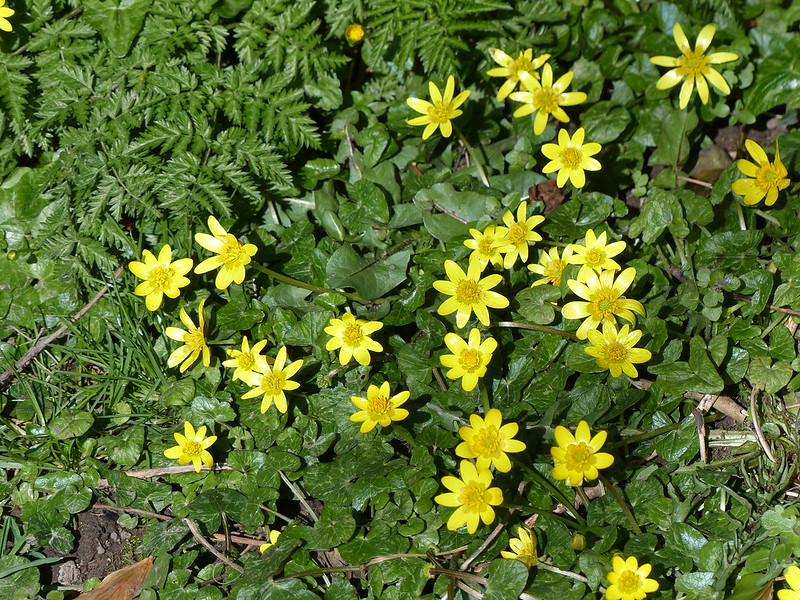
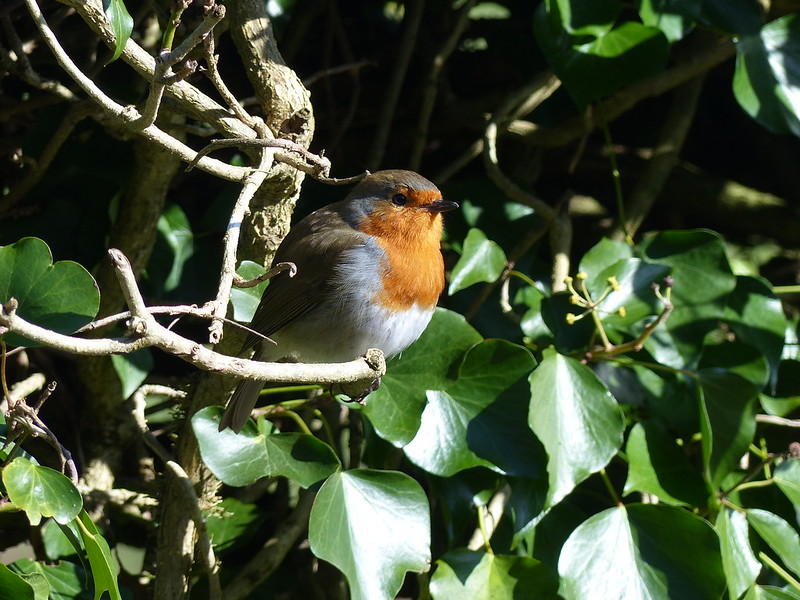

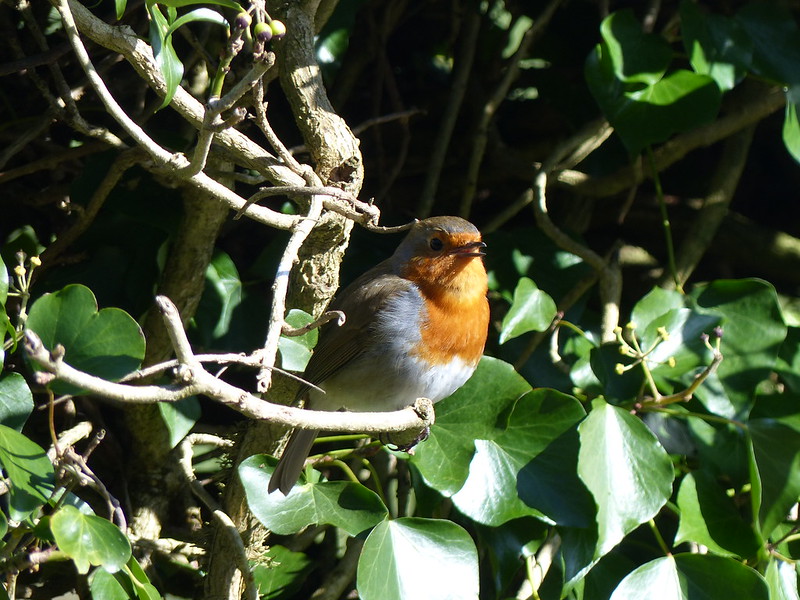
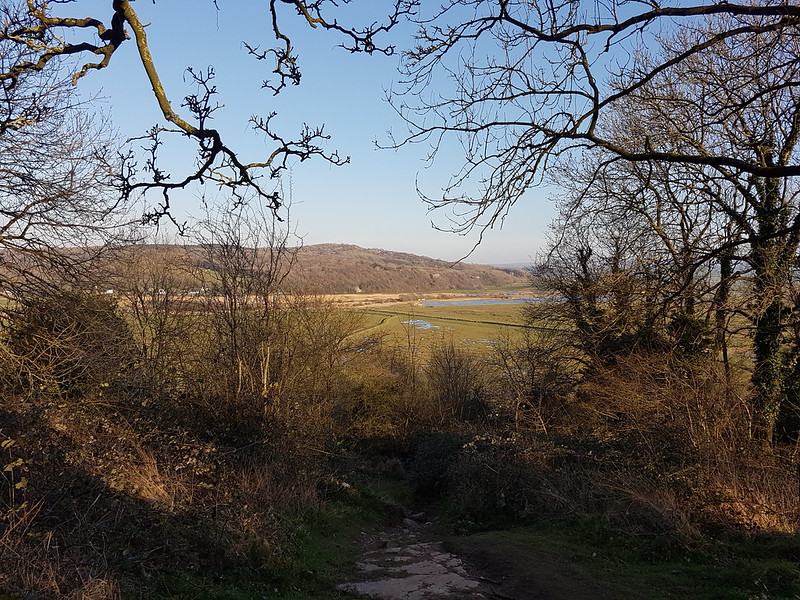
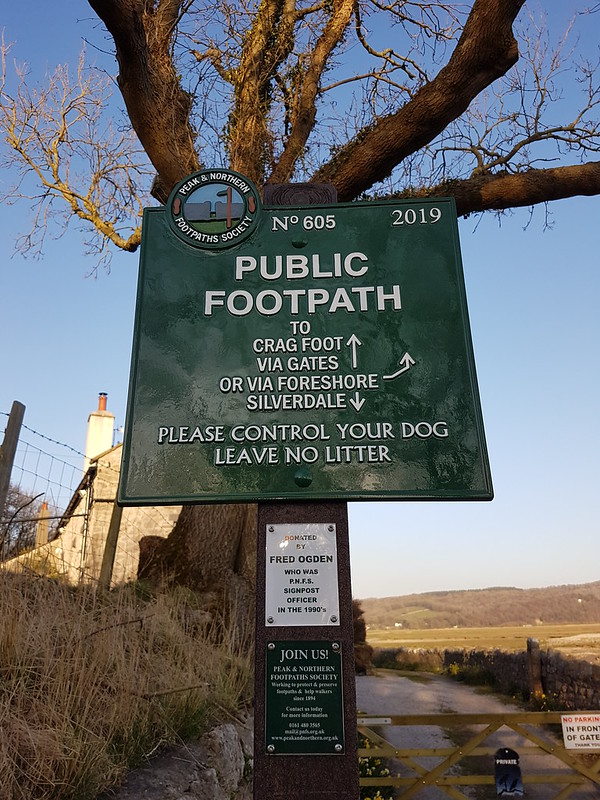

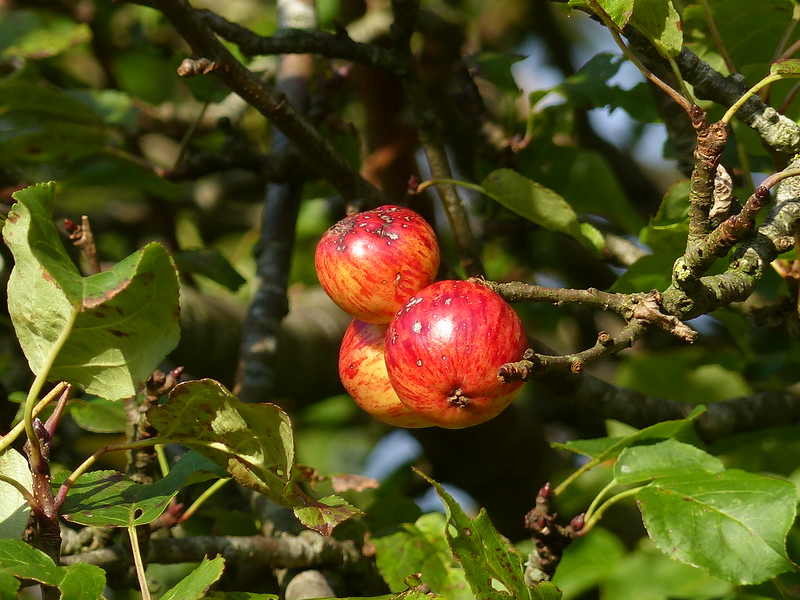
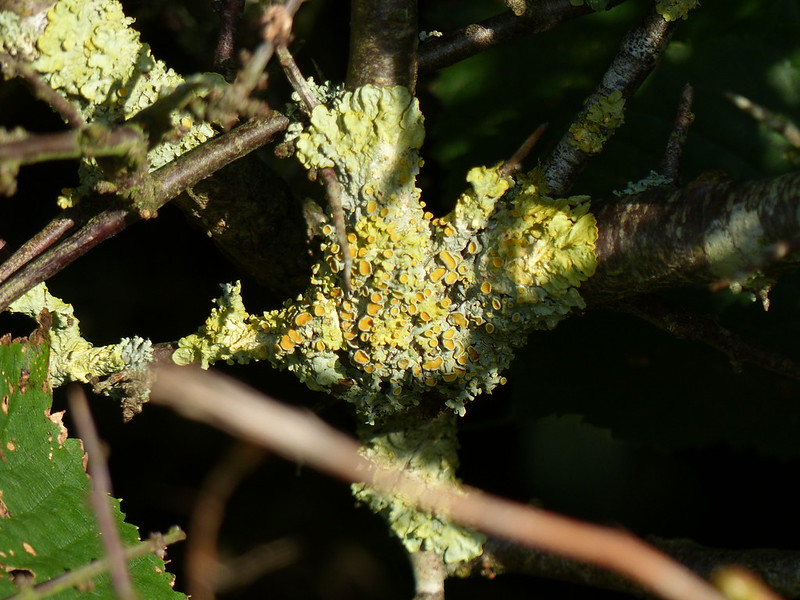
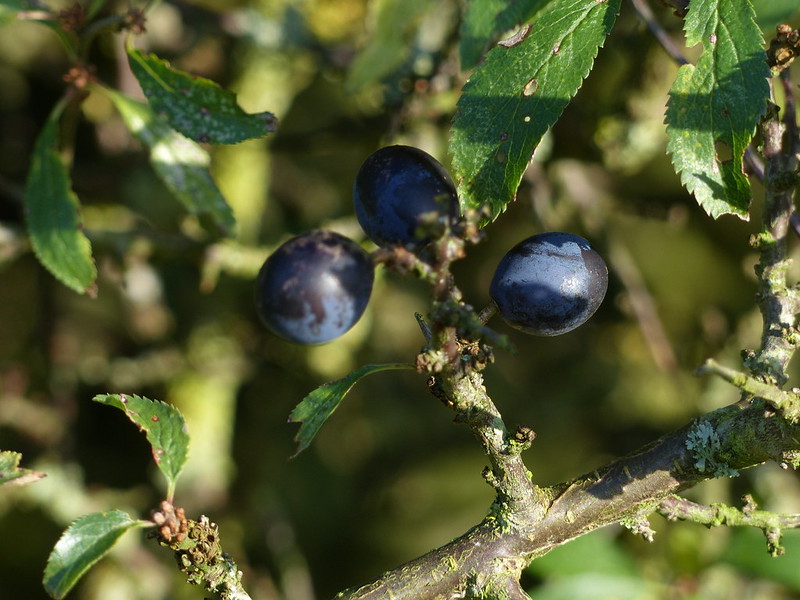
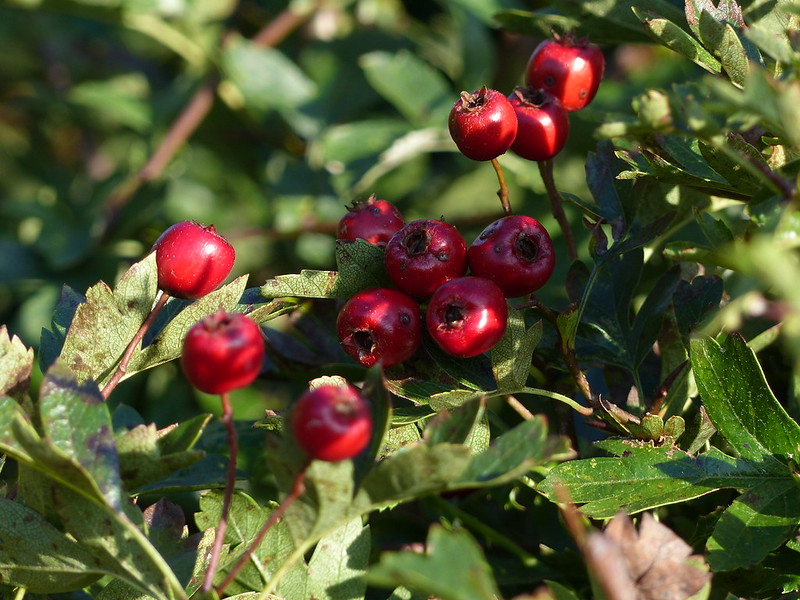


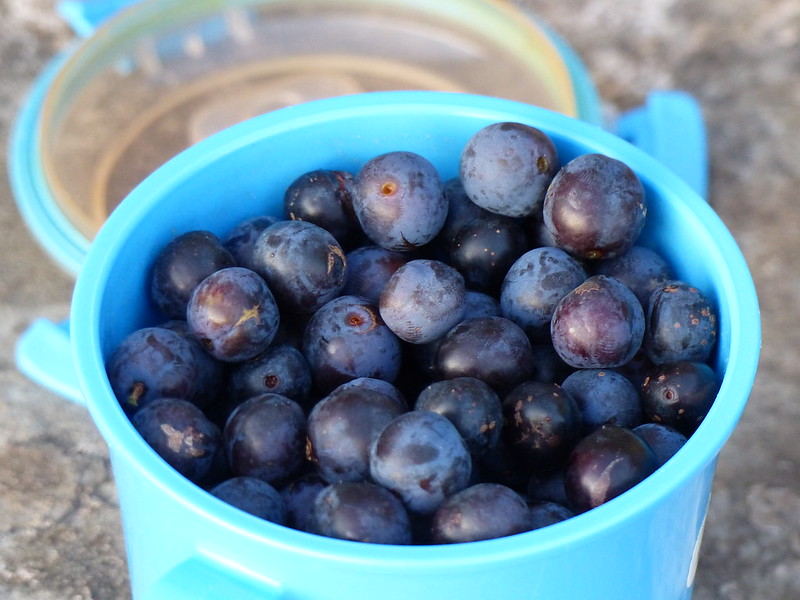
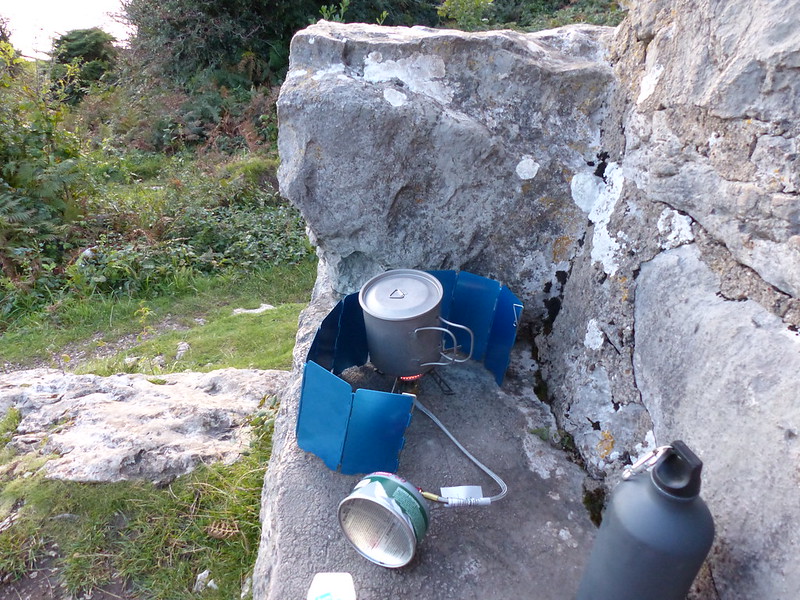
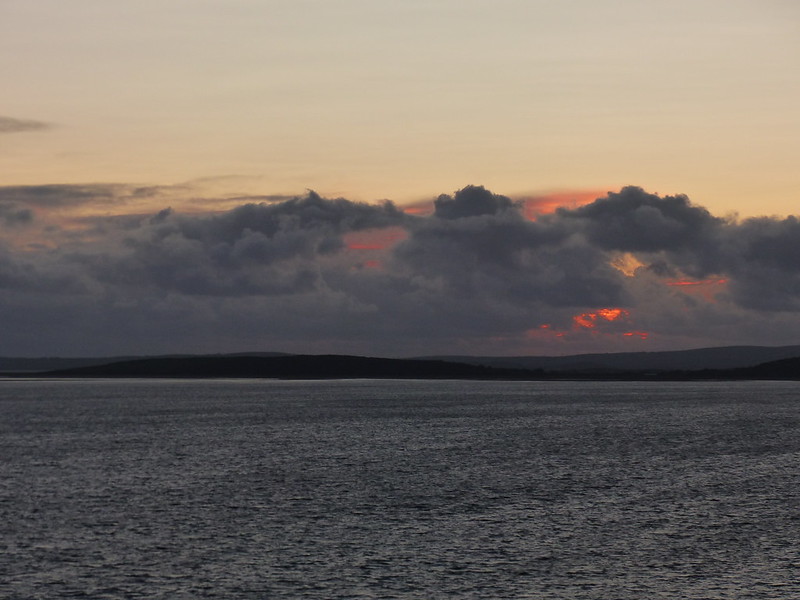












































 ..an impressive coral like lichen.
..an impressive coral like lichen.


































